
Labor and birth
An educational
initiative
supported by

Written by experienced doctors, midwives and other medical professionals – and approved by a specialist Editorial Board
Enhancing the Welfare of Women
Expert Health Information for Women
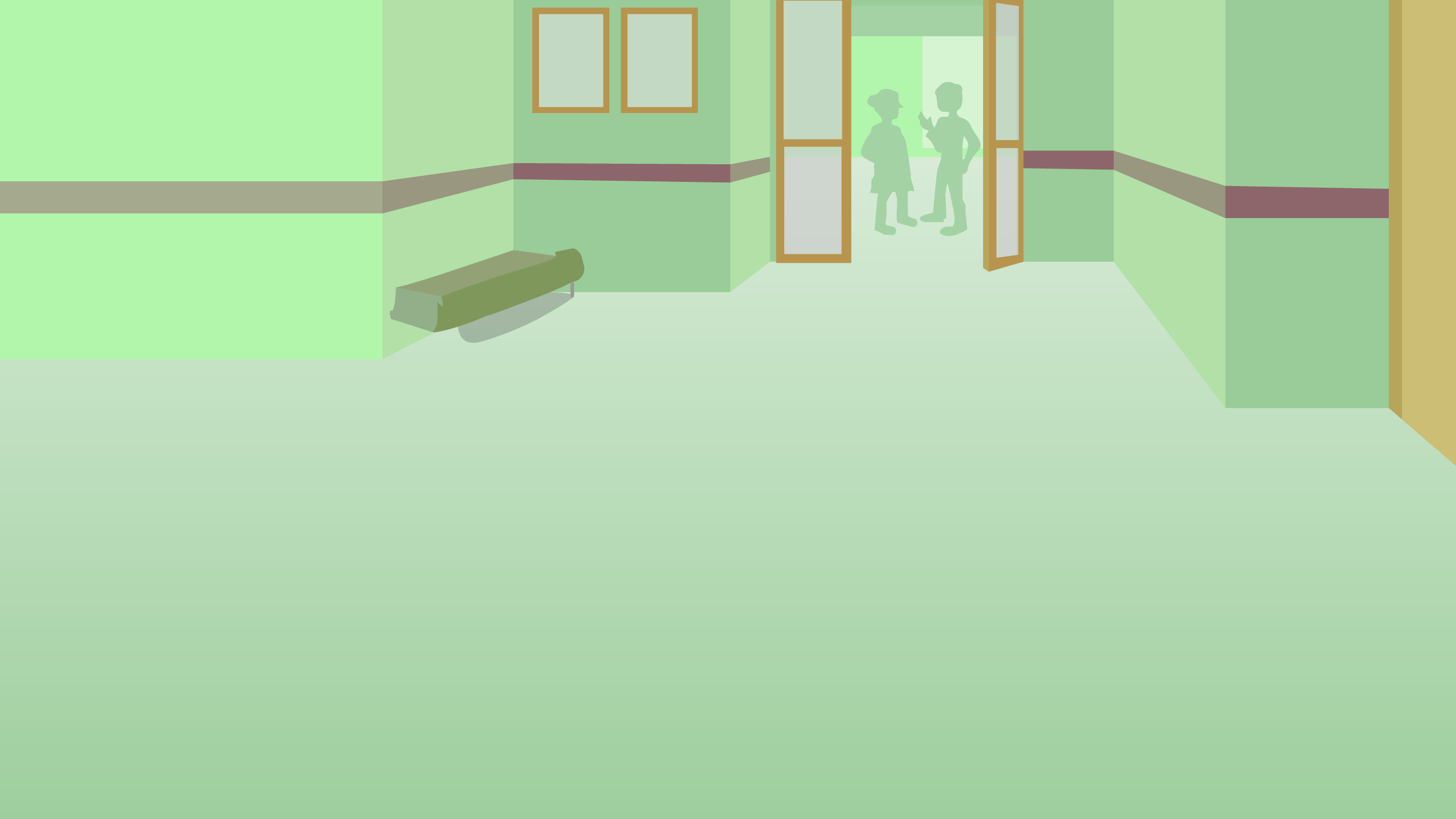
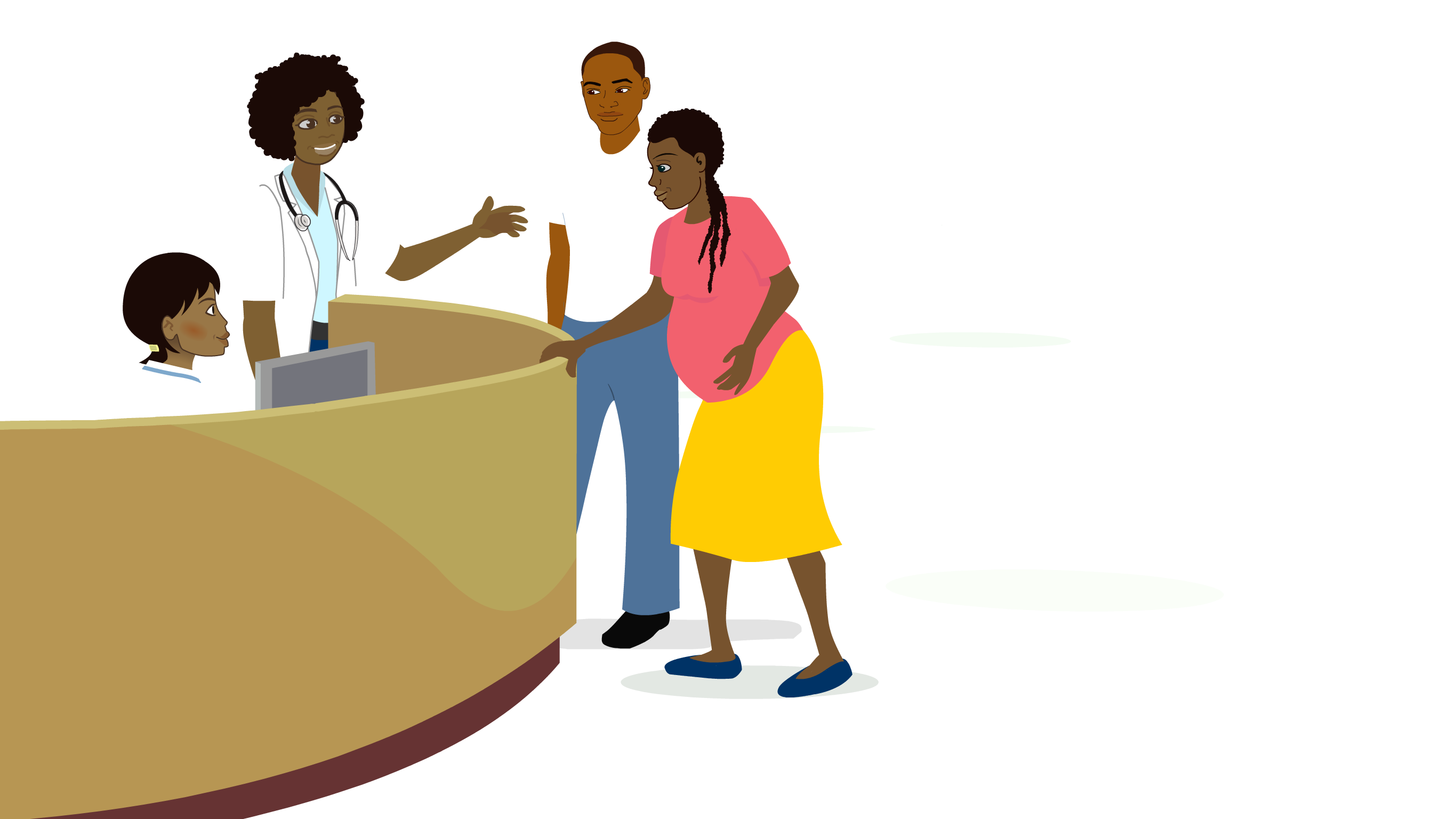

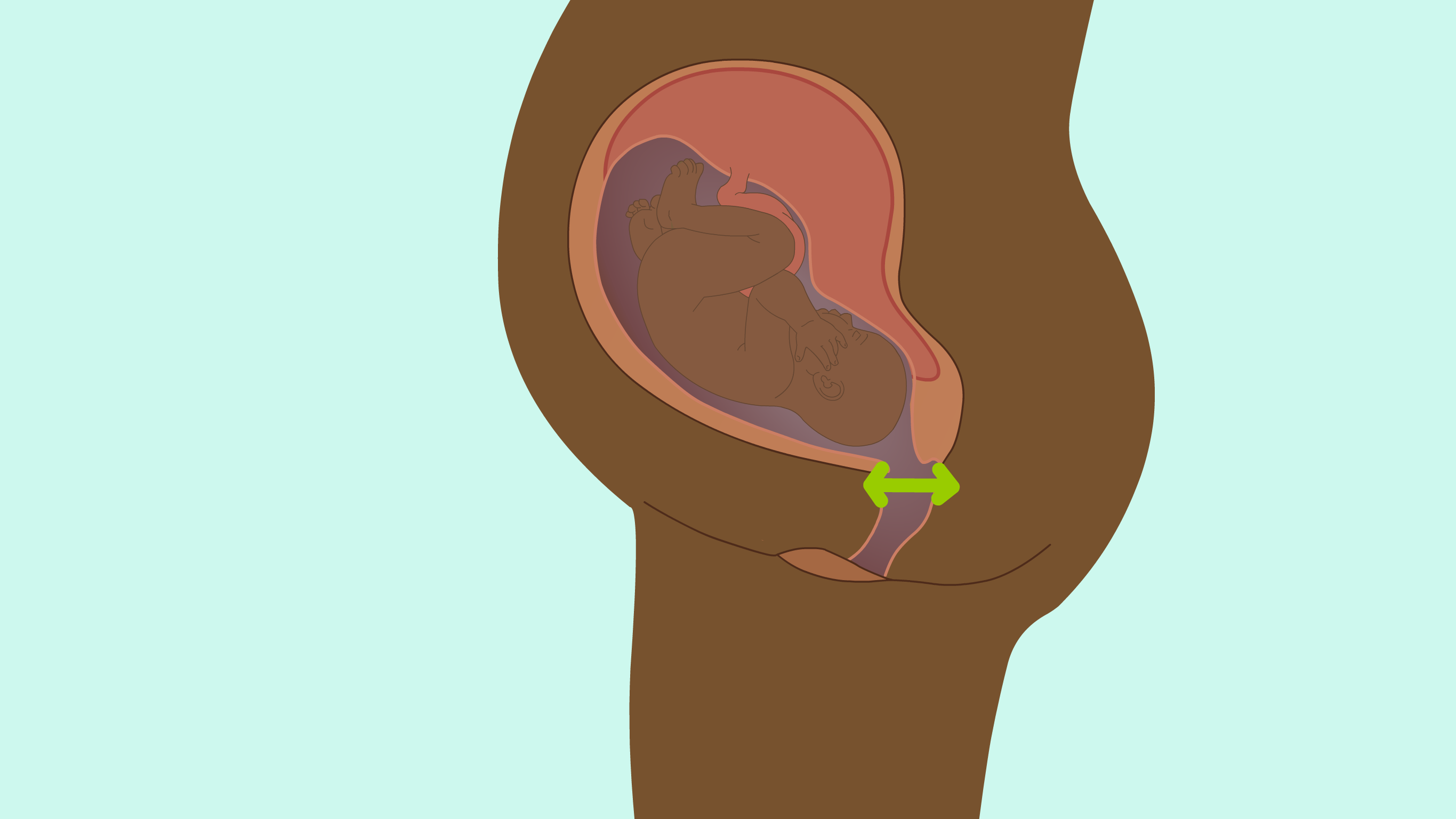

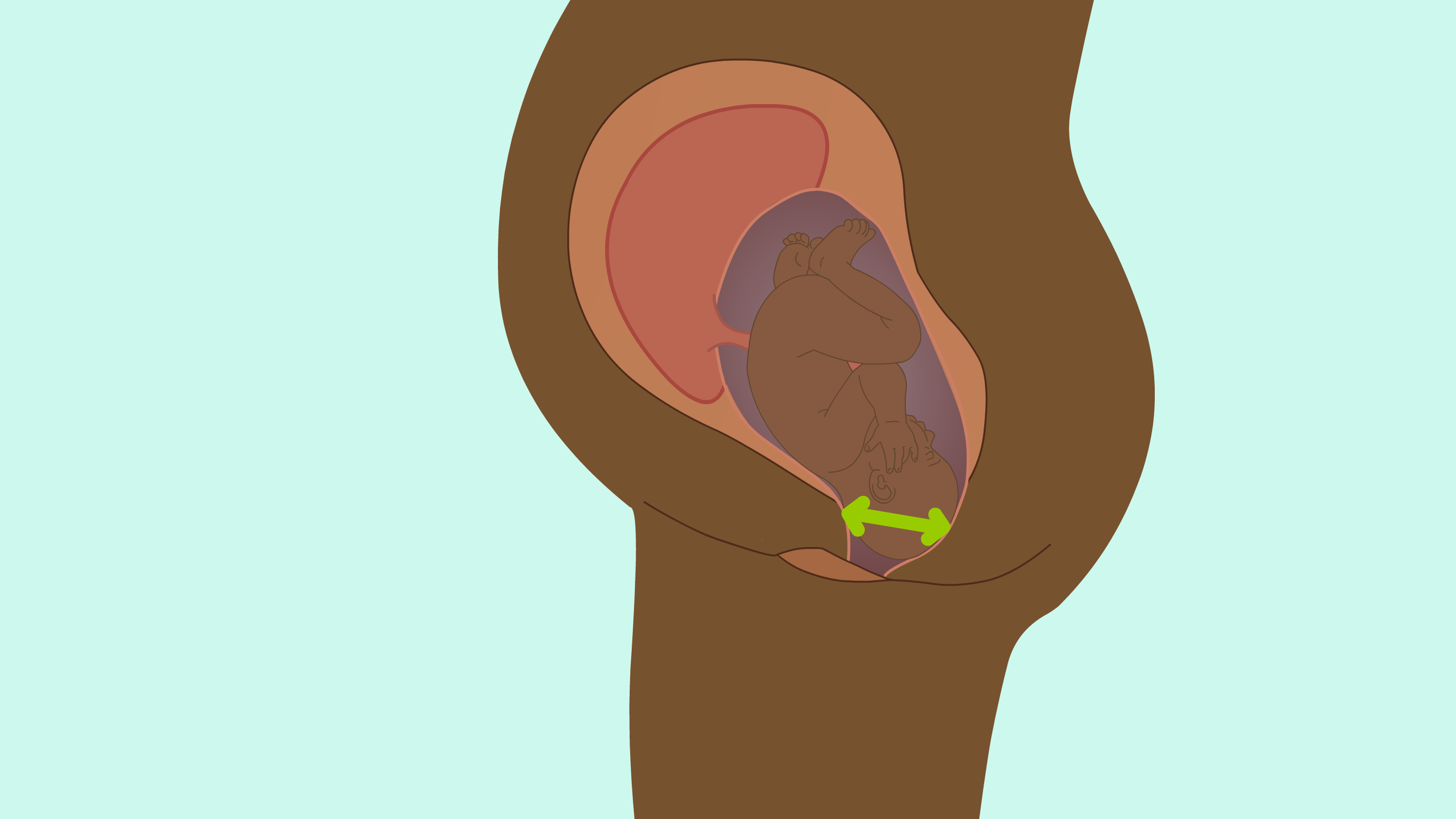

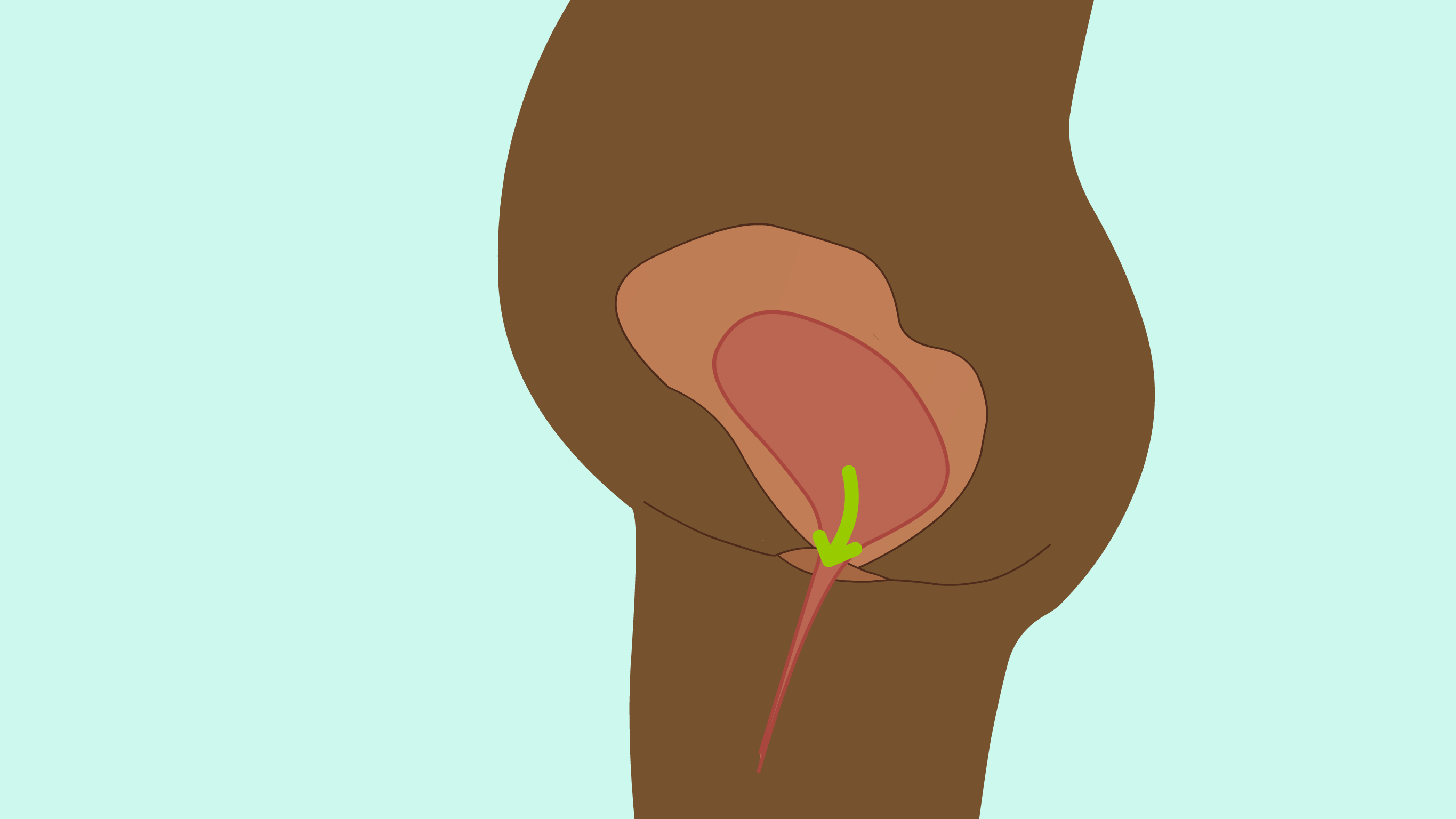

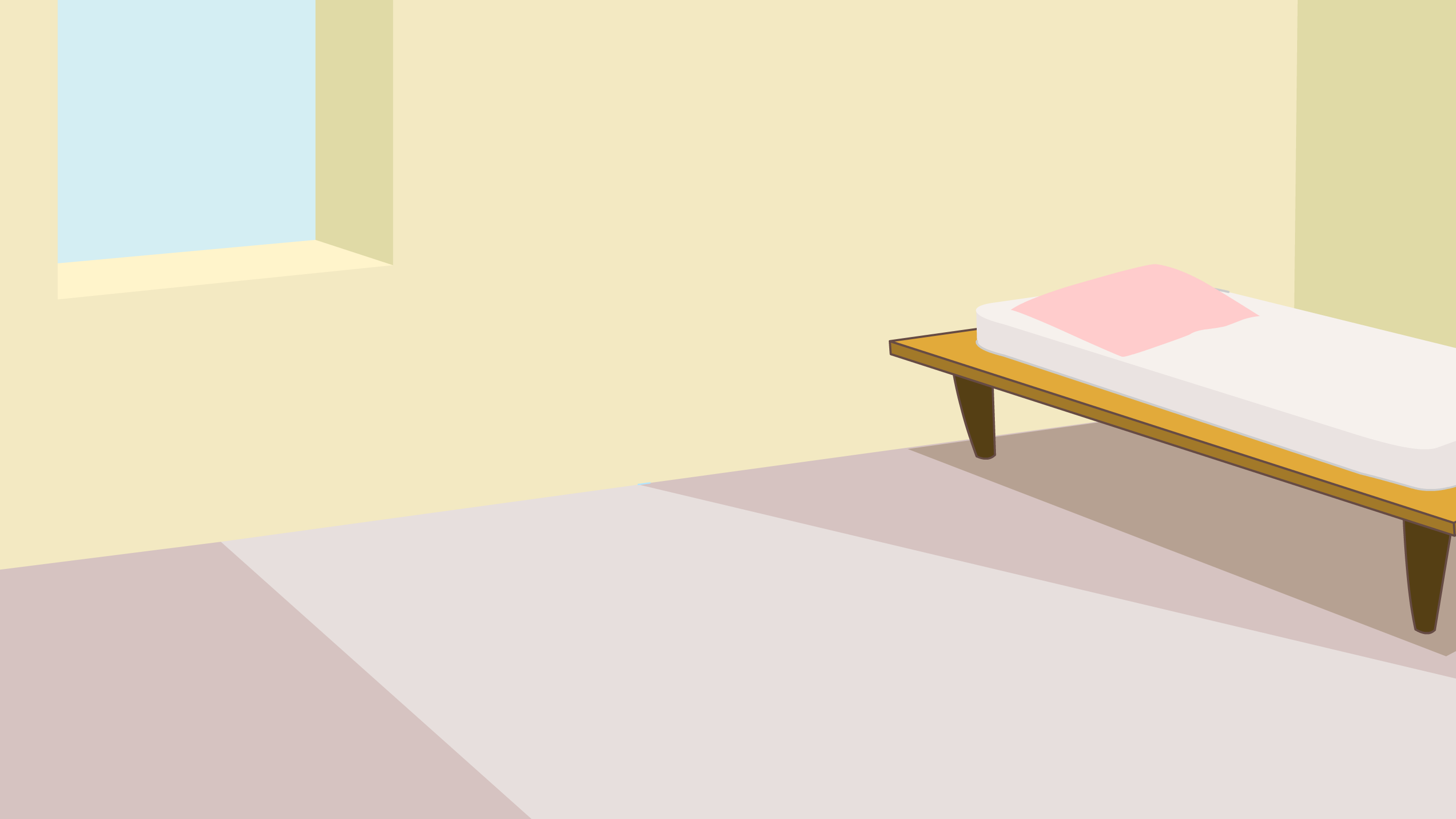
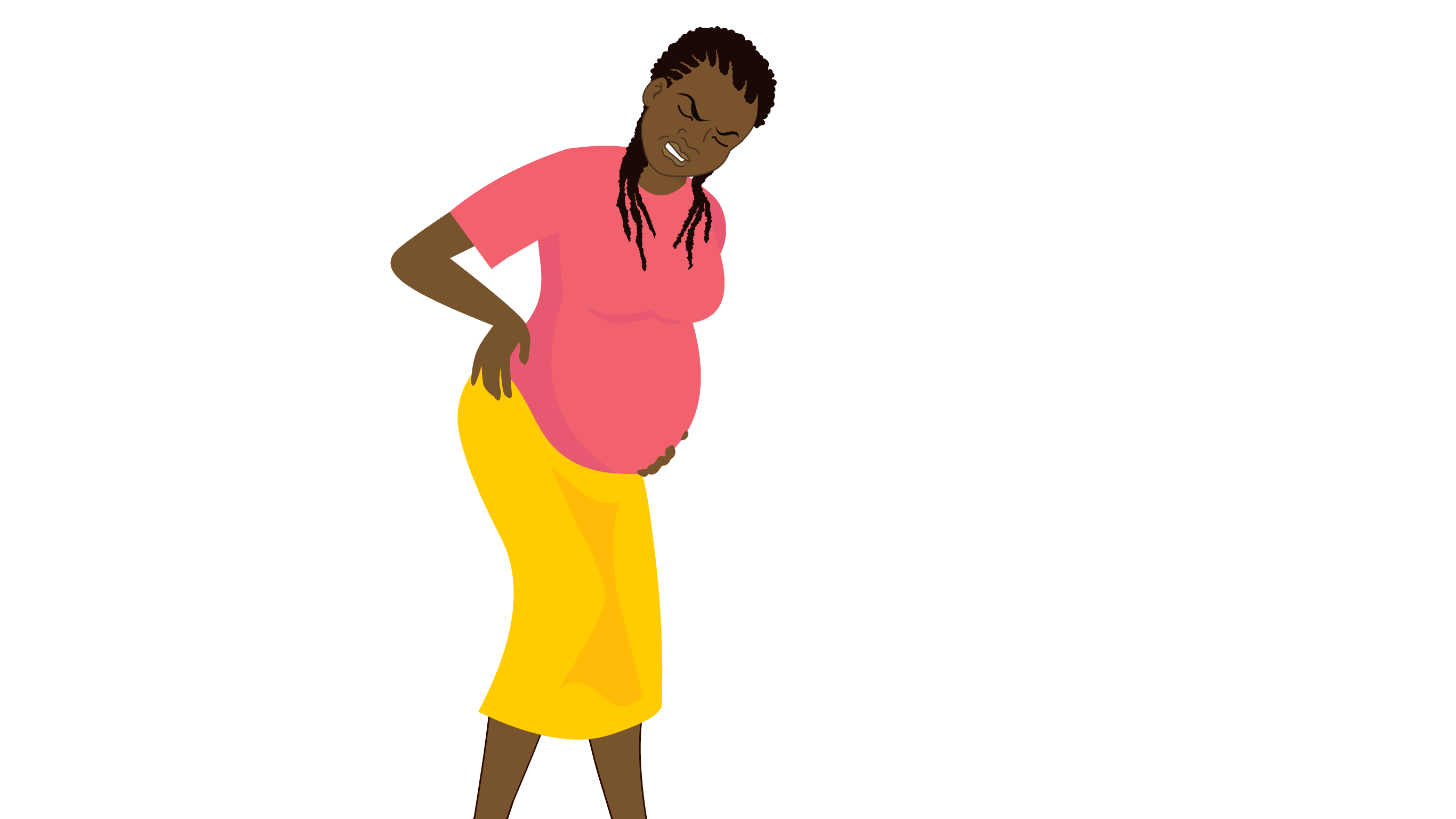

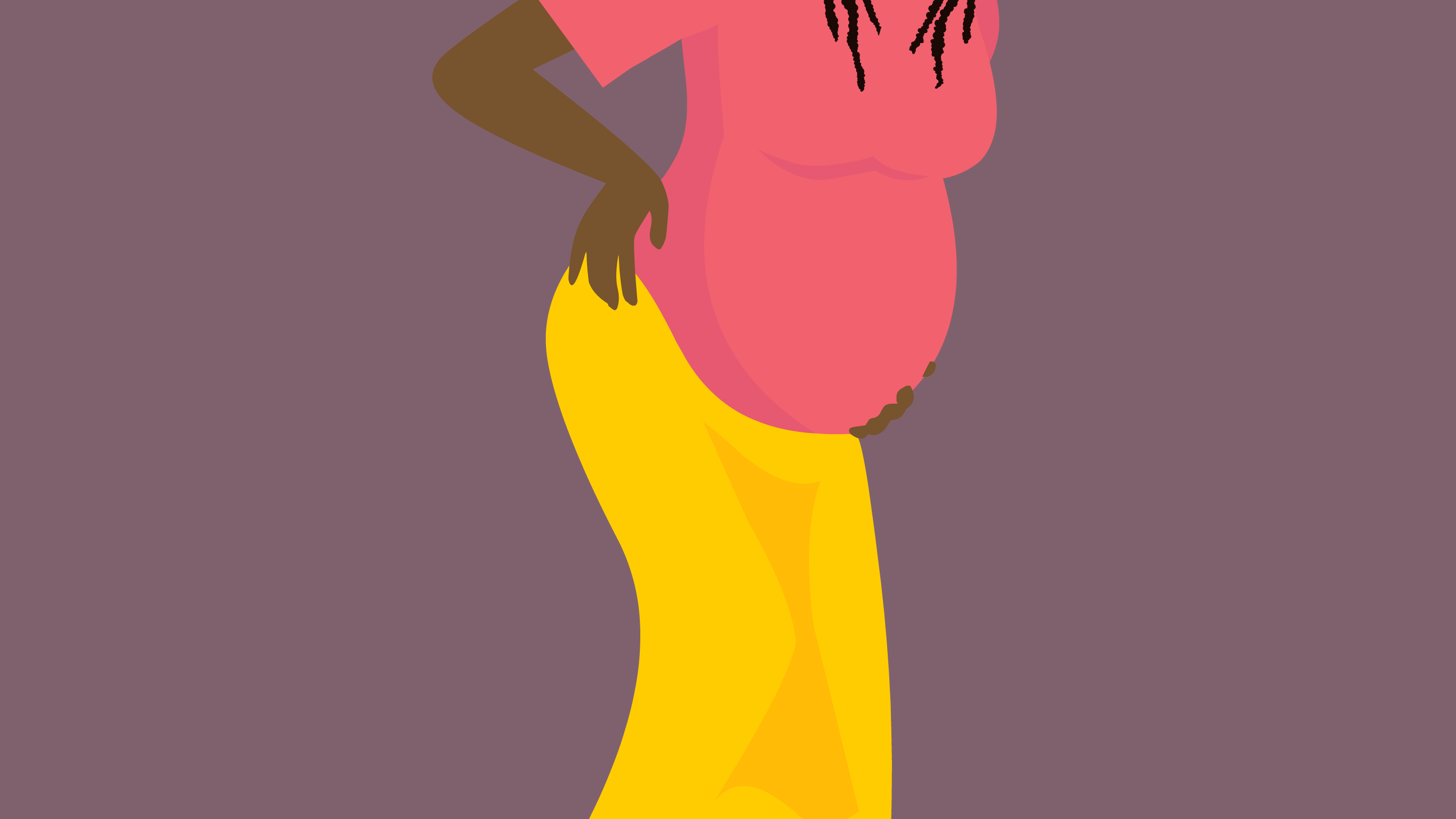









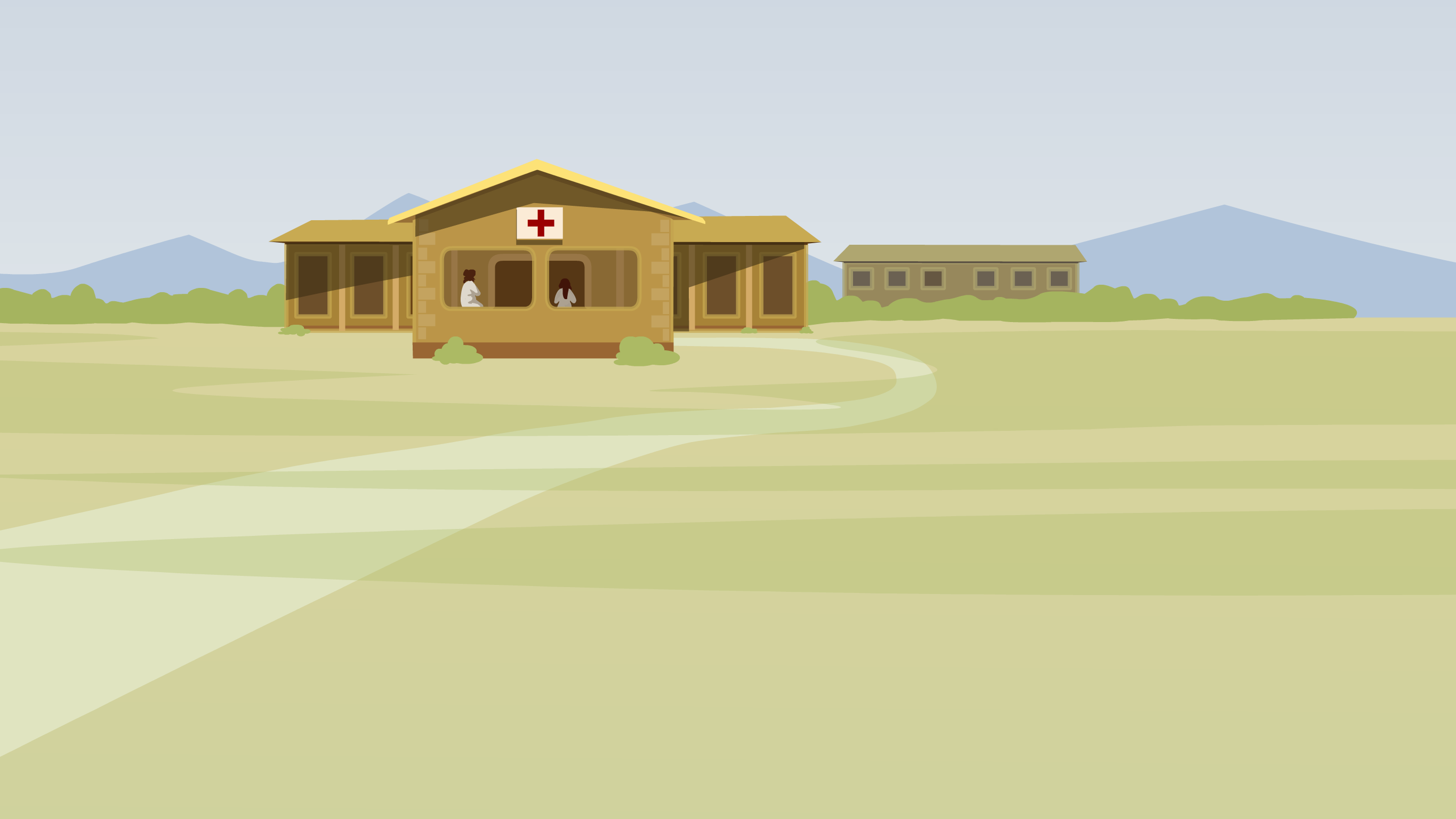

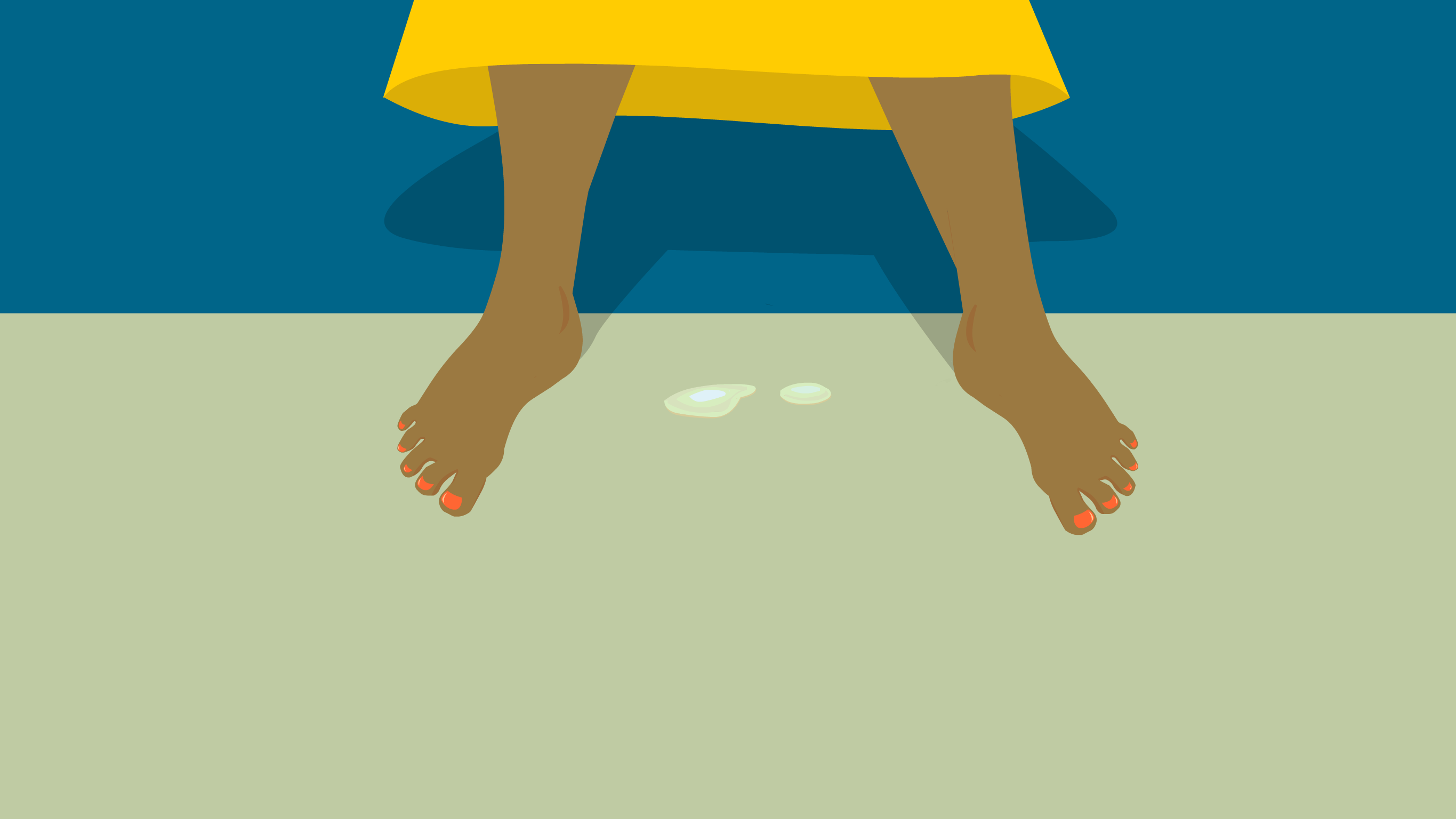

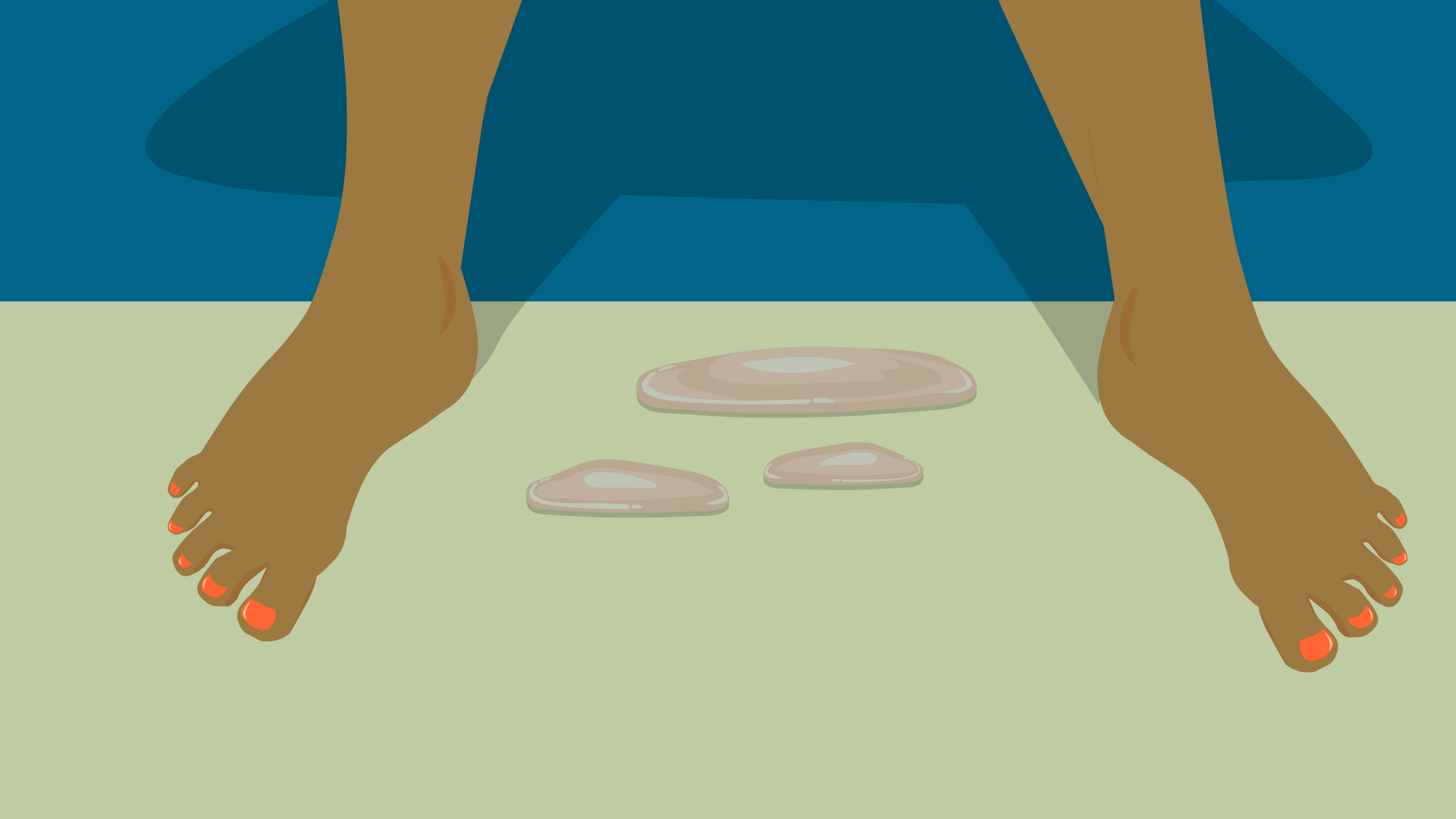









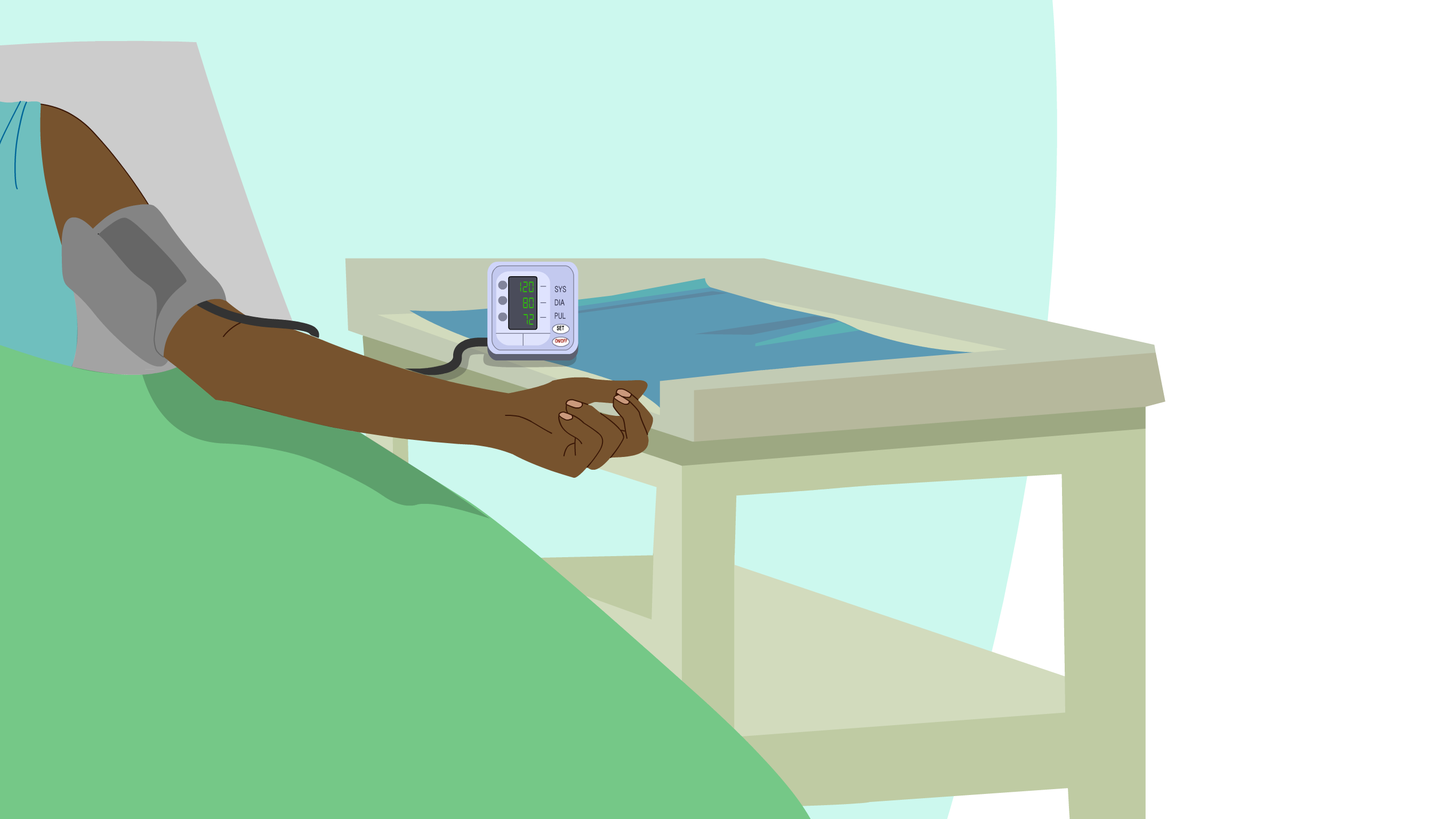





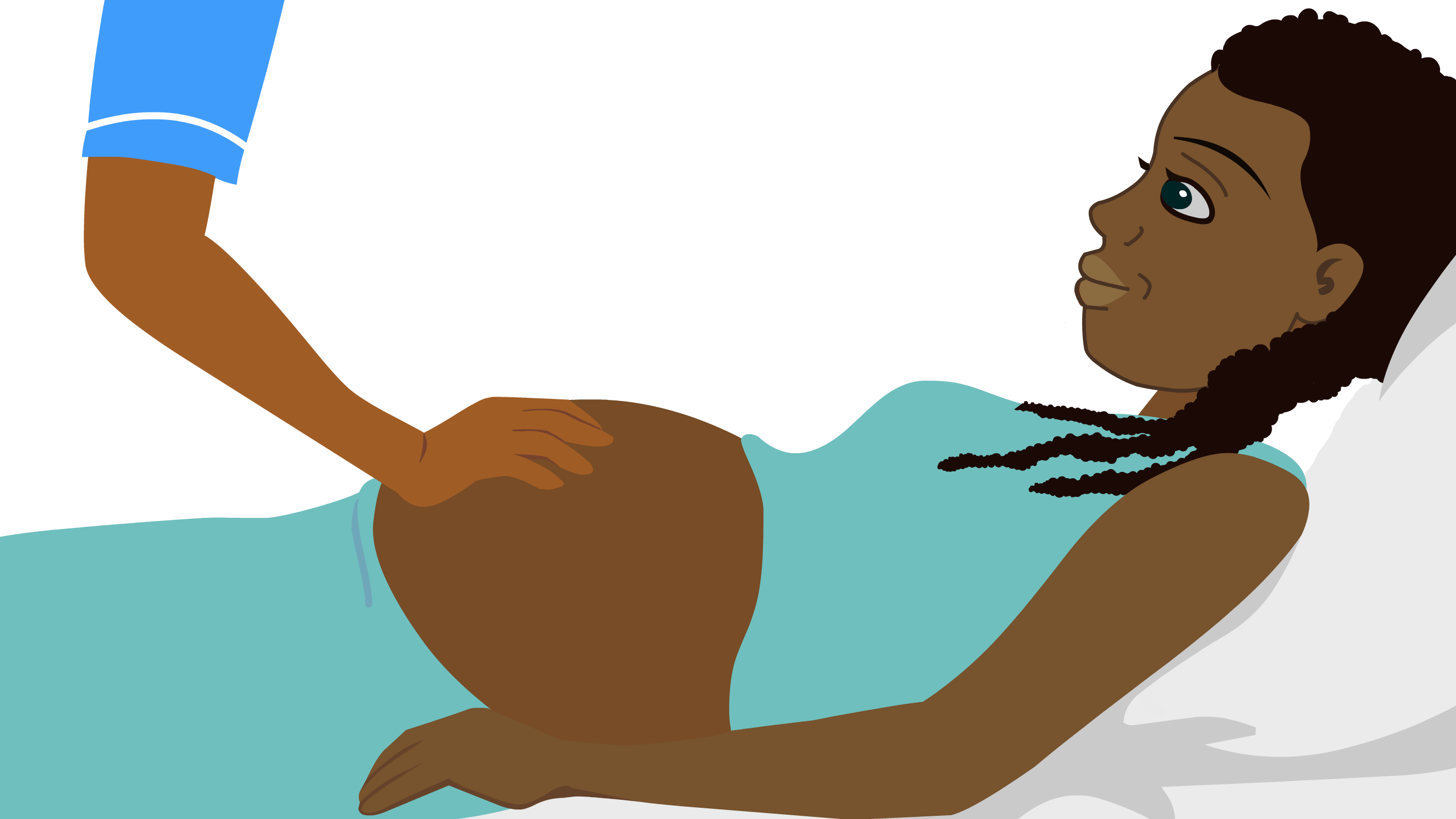

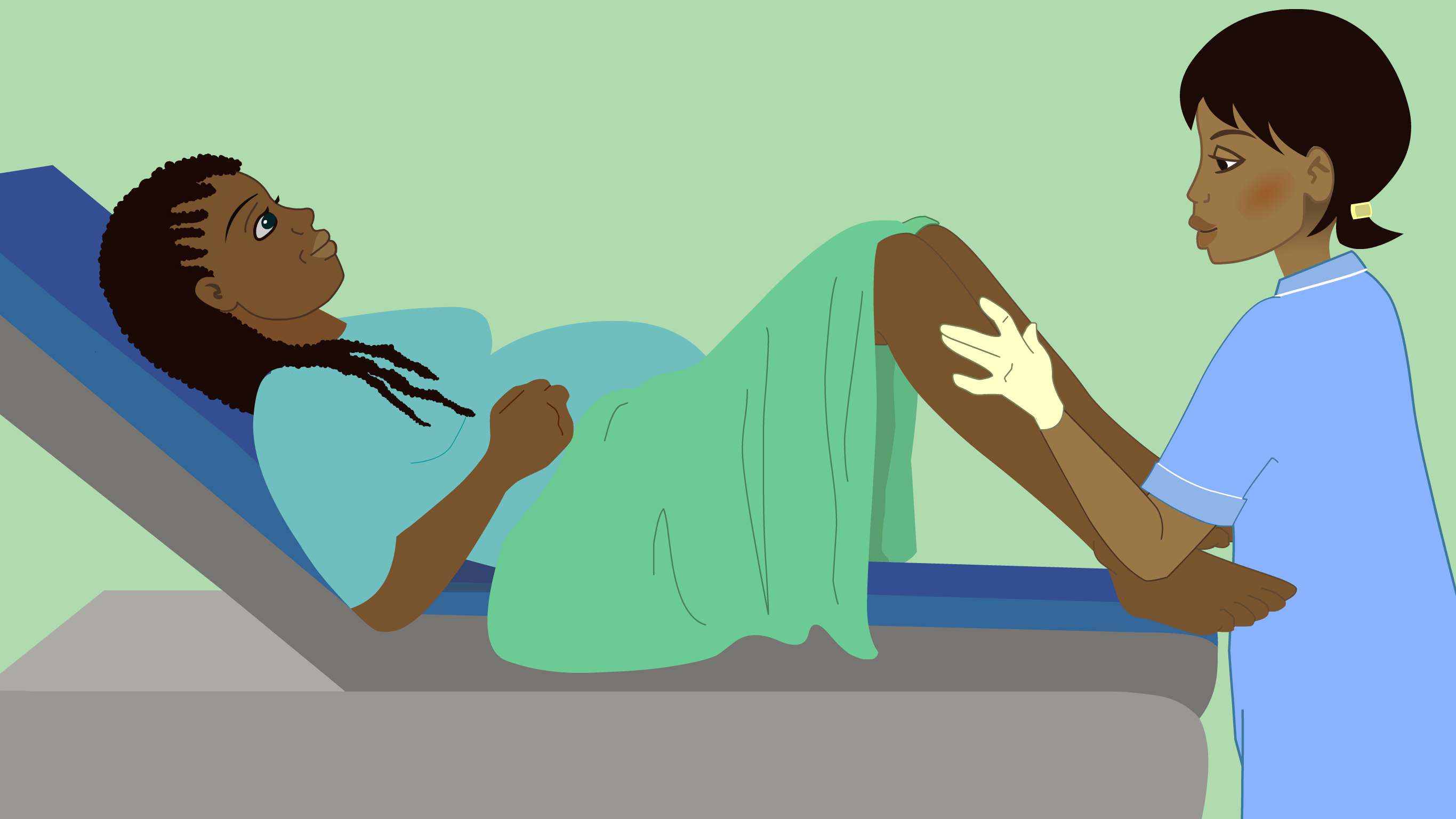




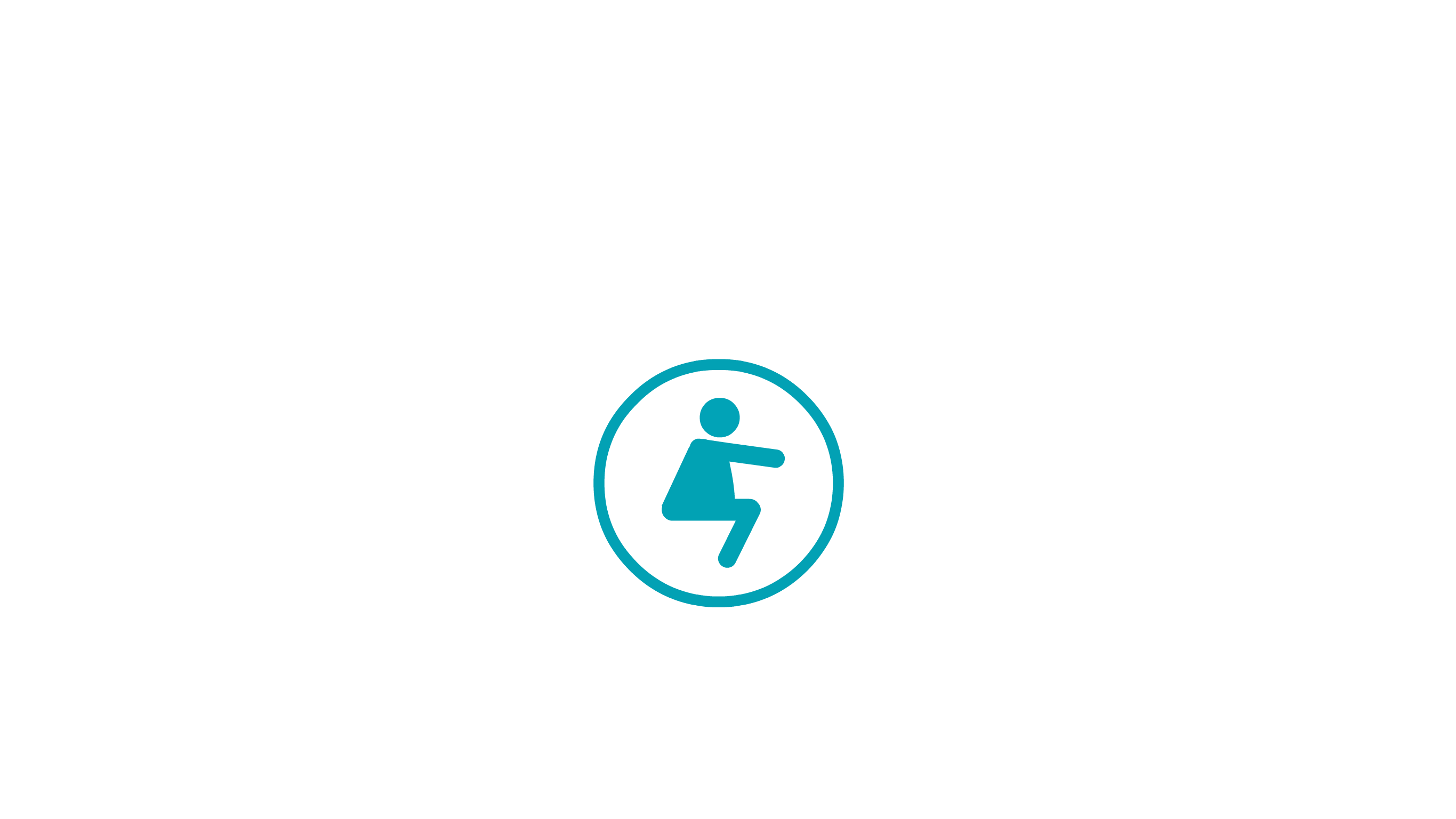




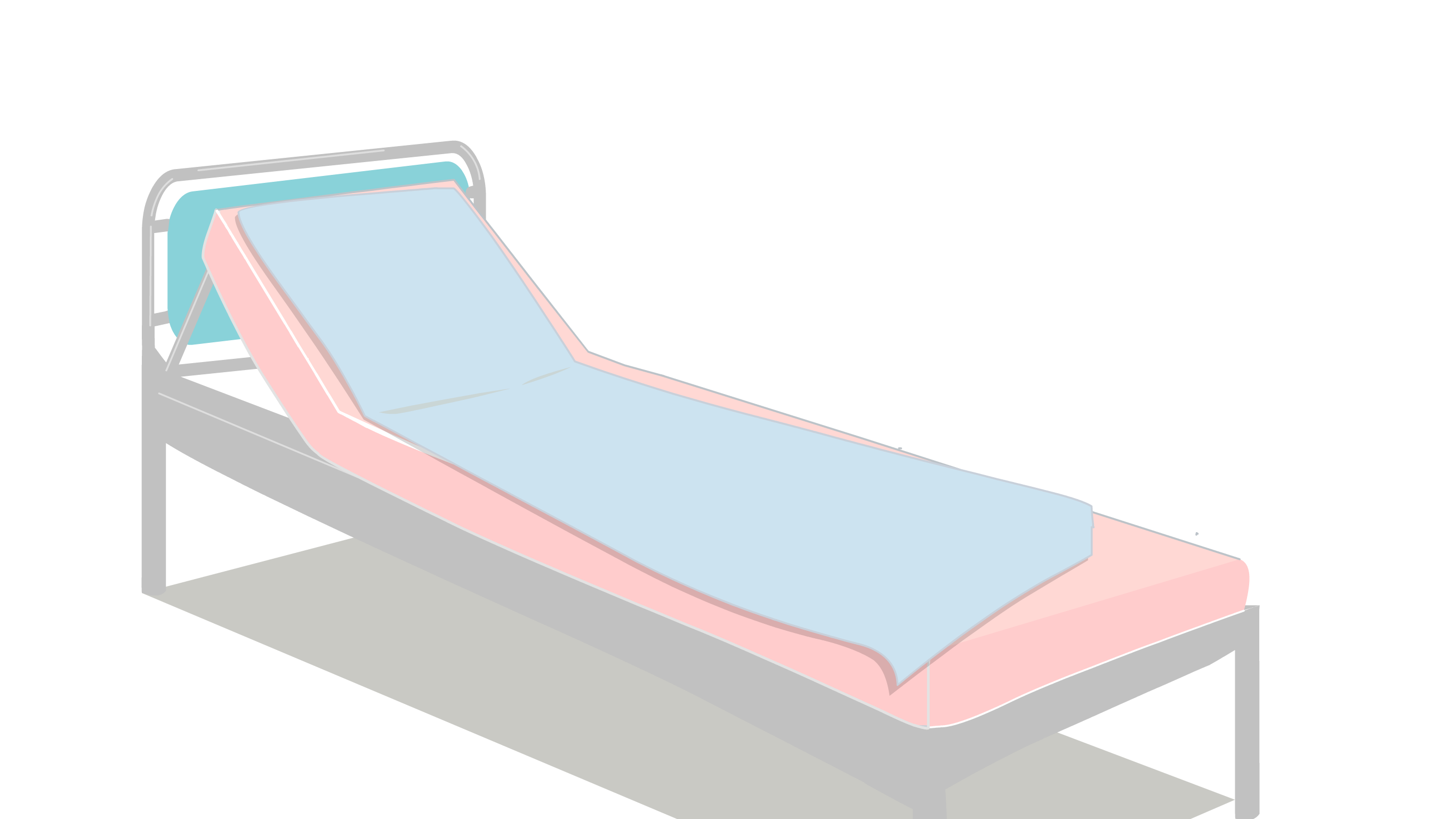
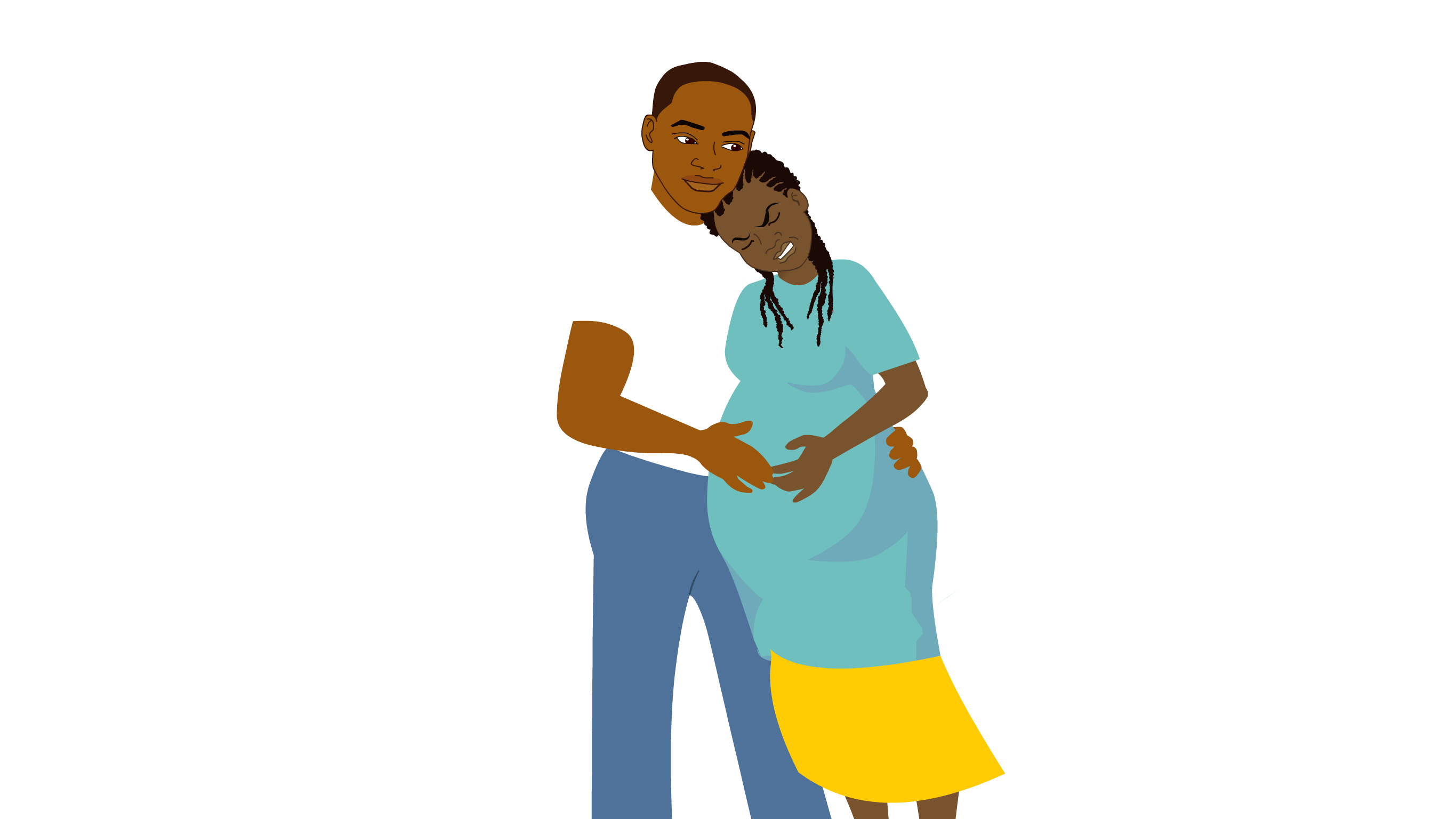


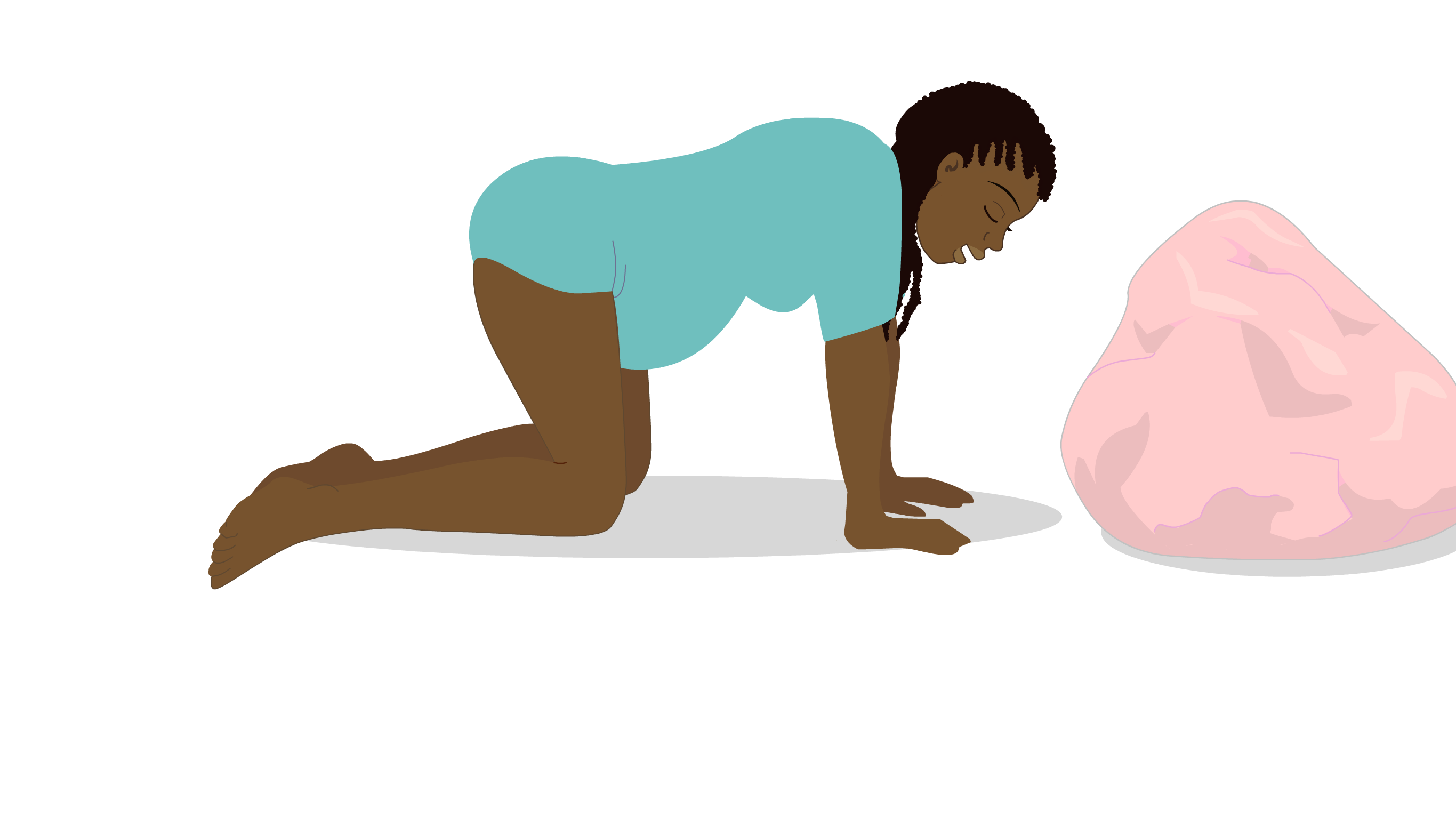


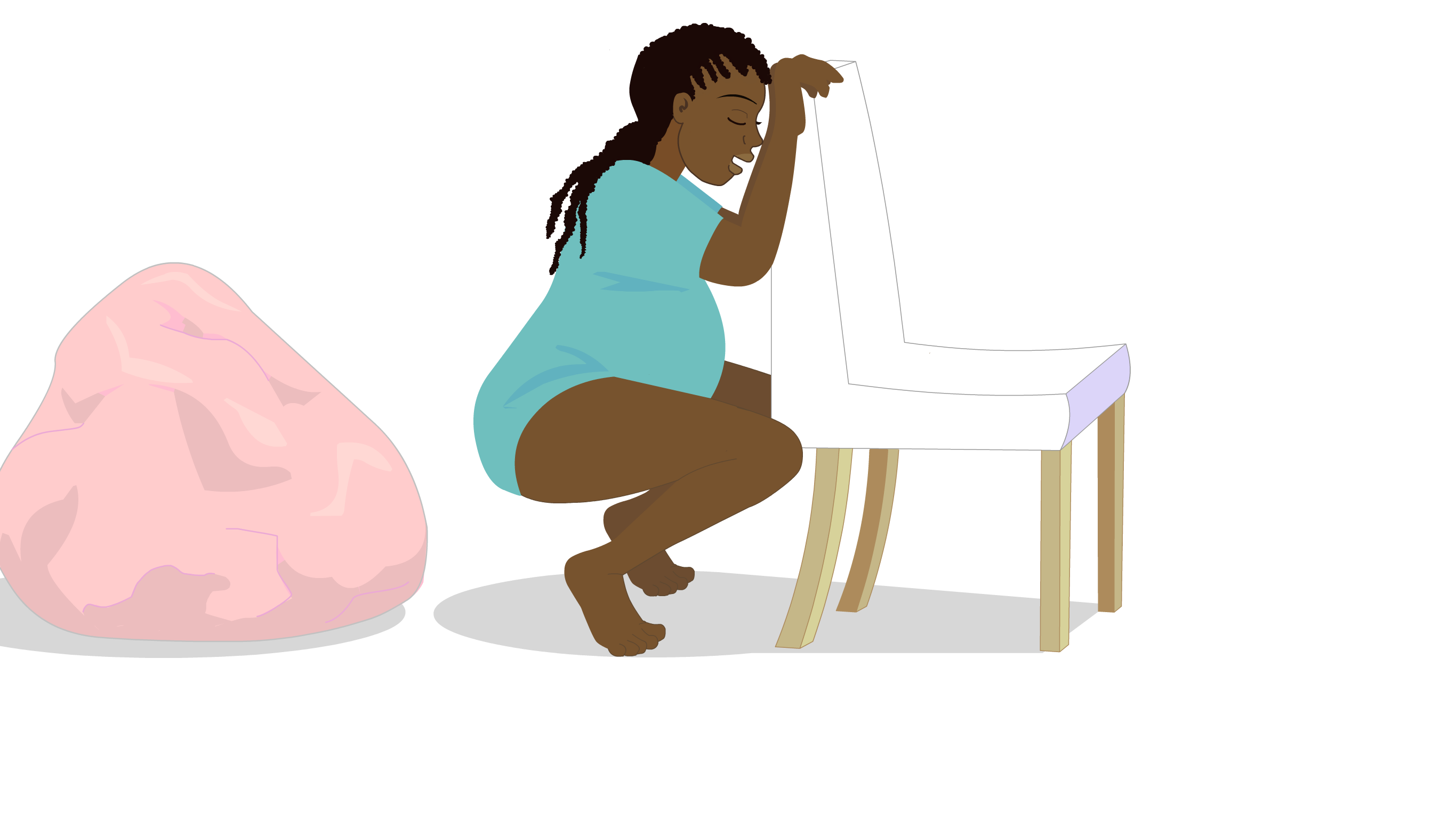


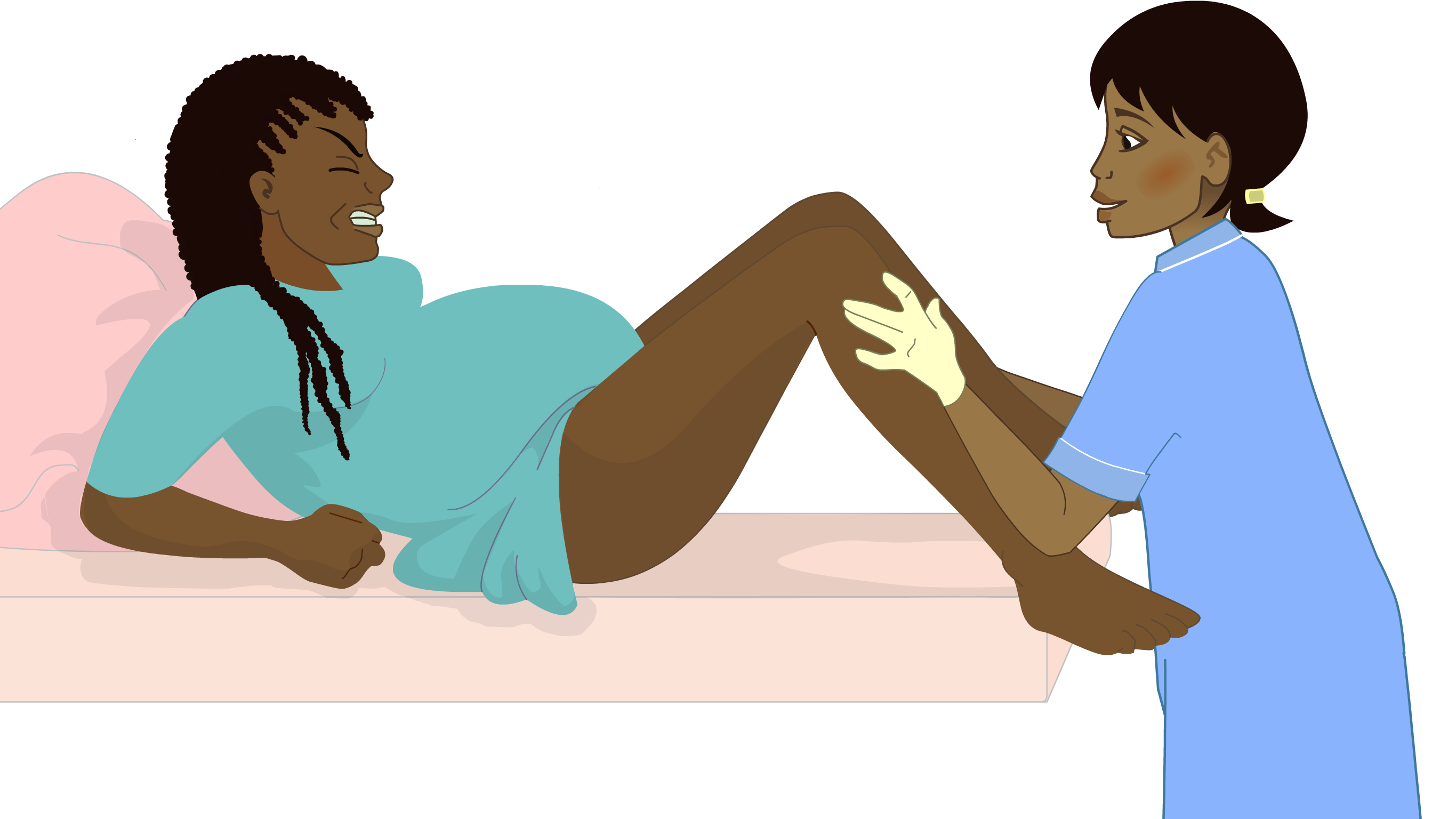

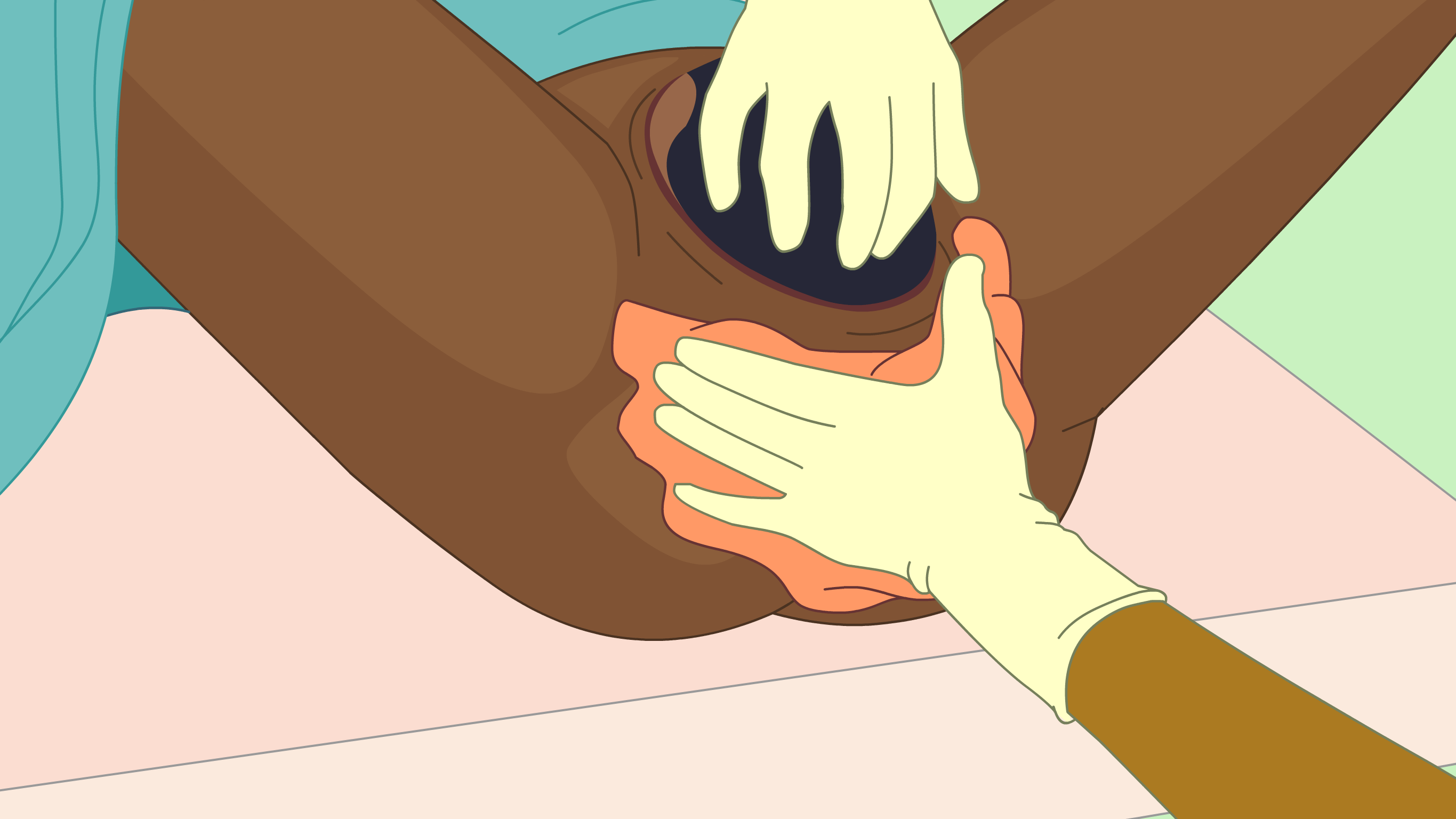


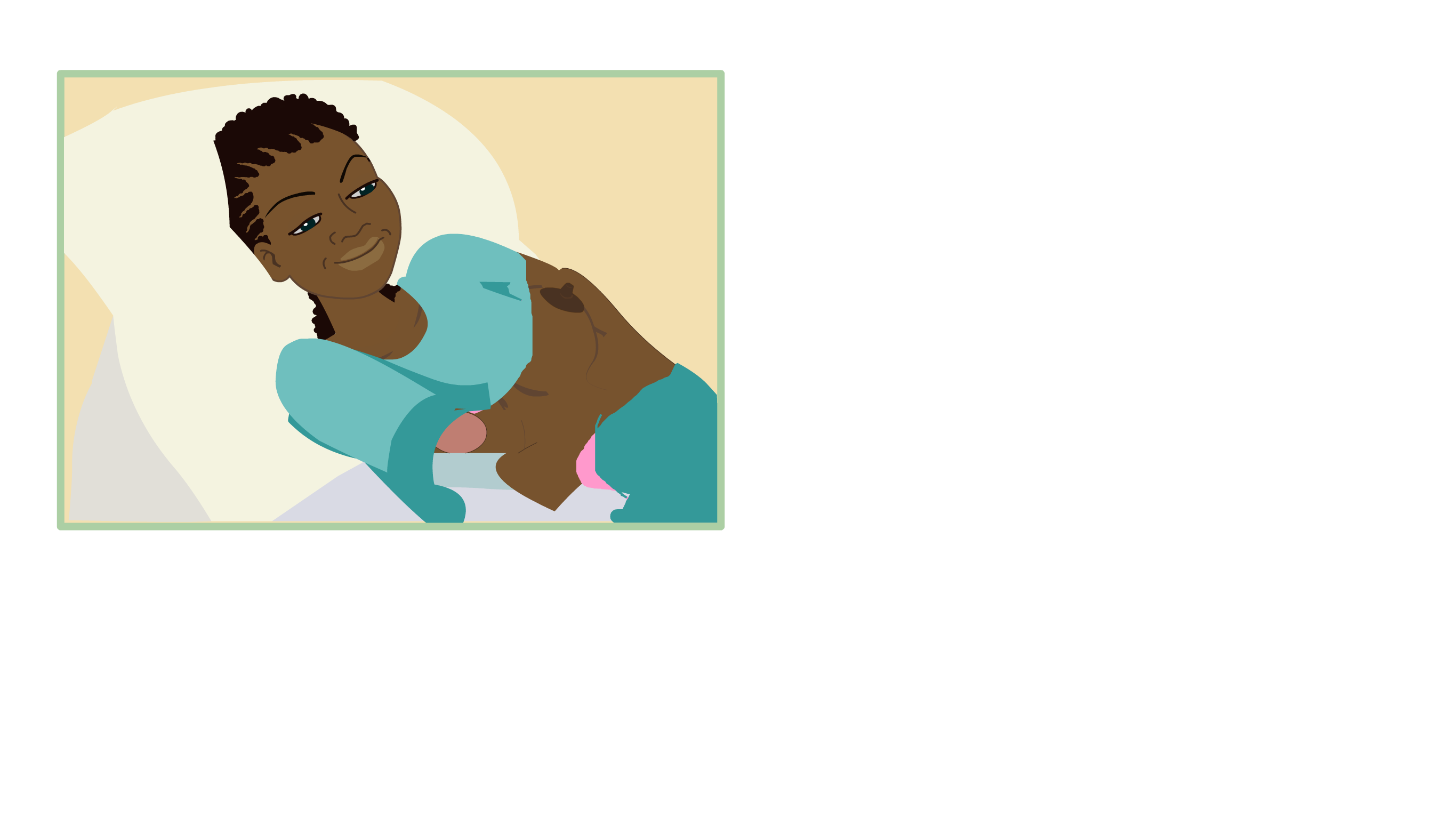

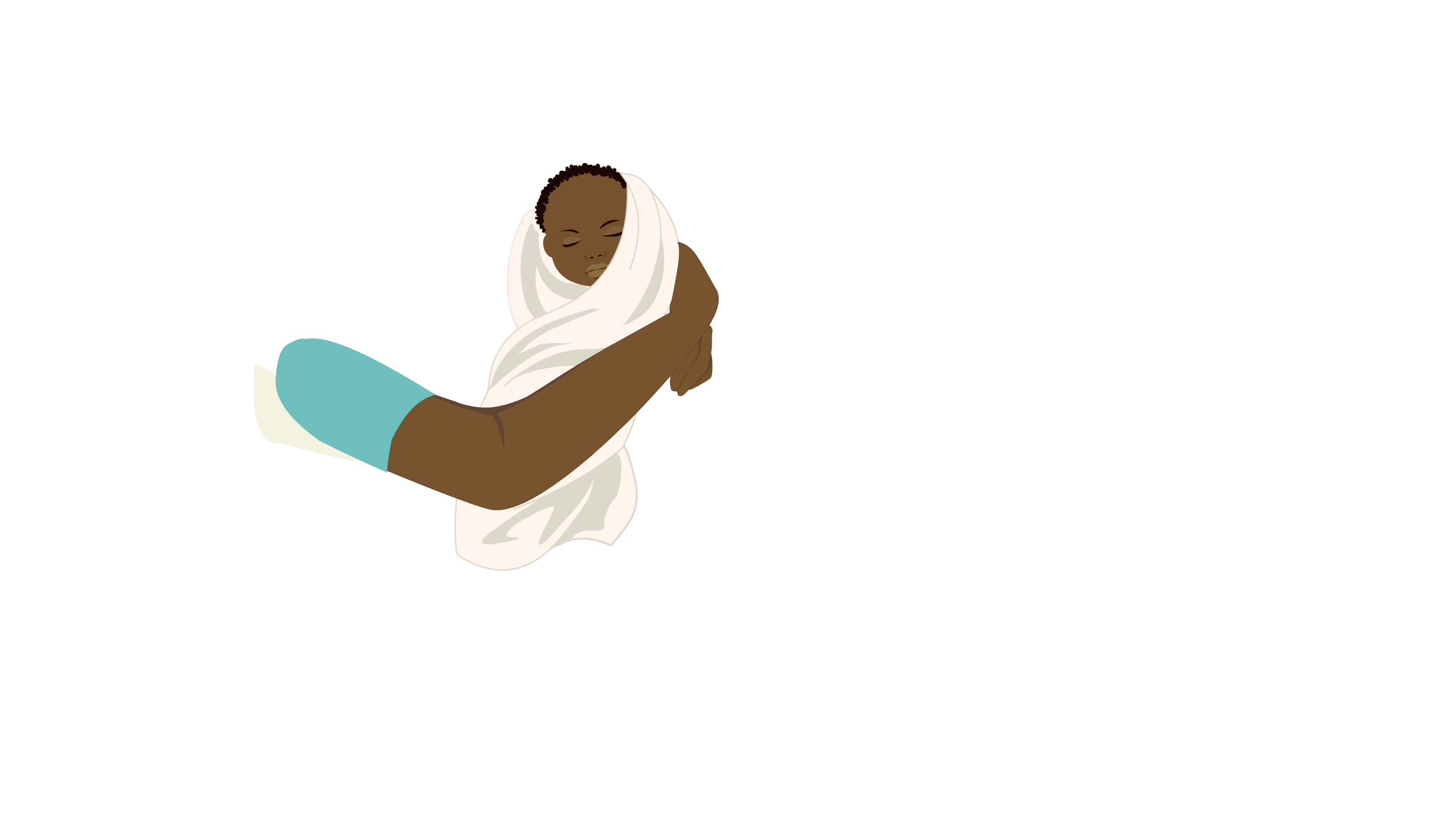



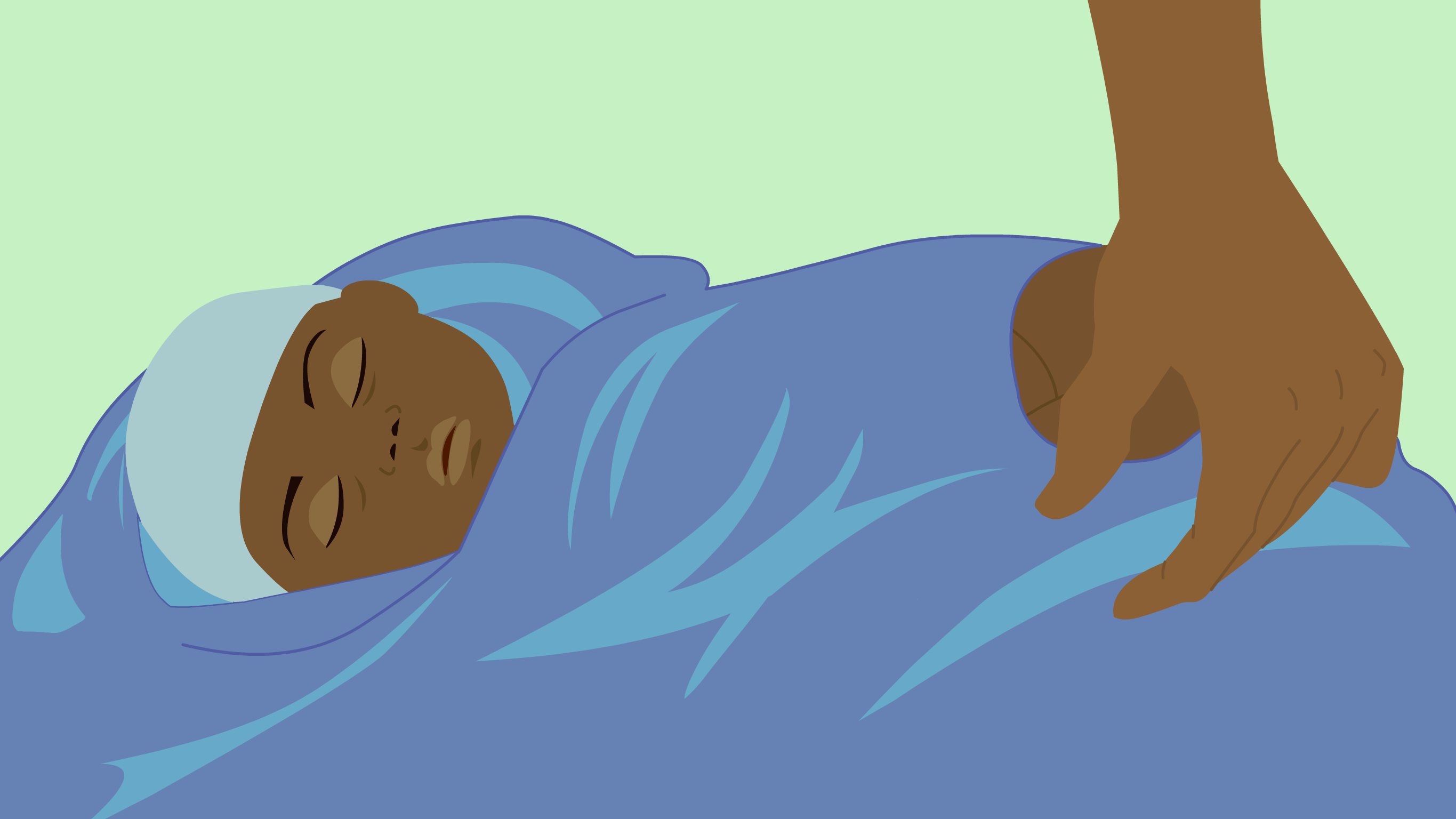
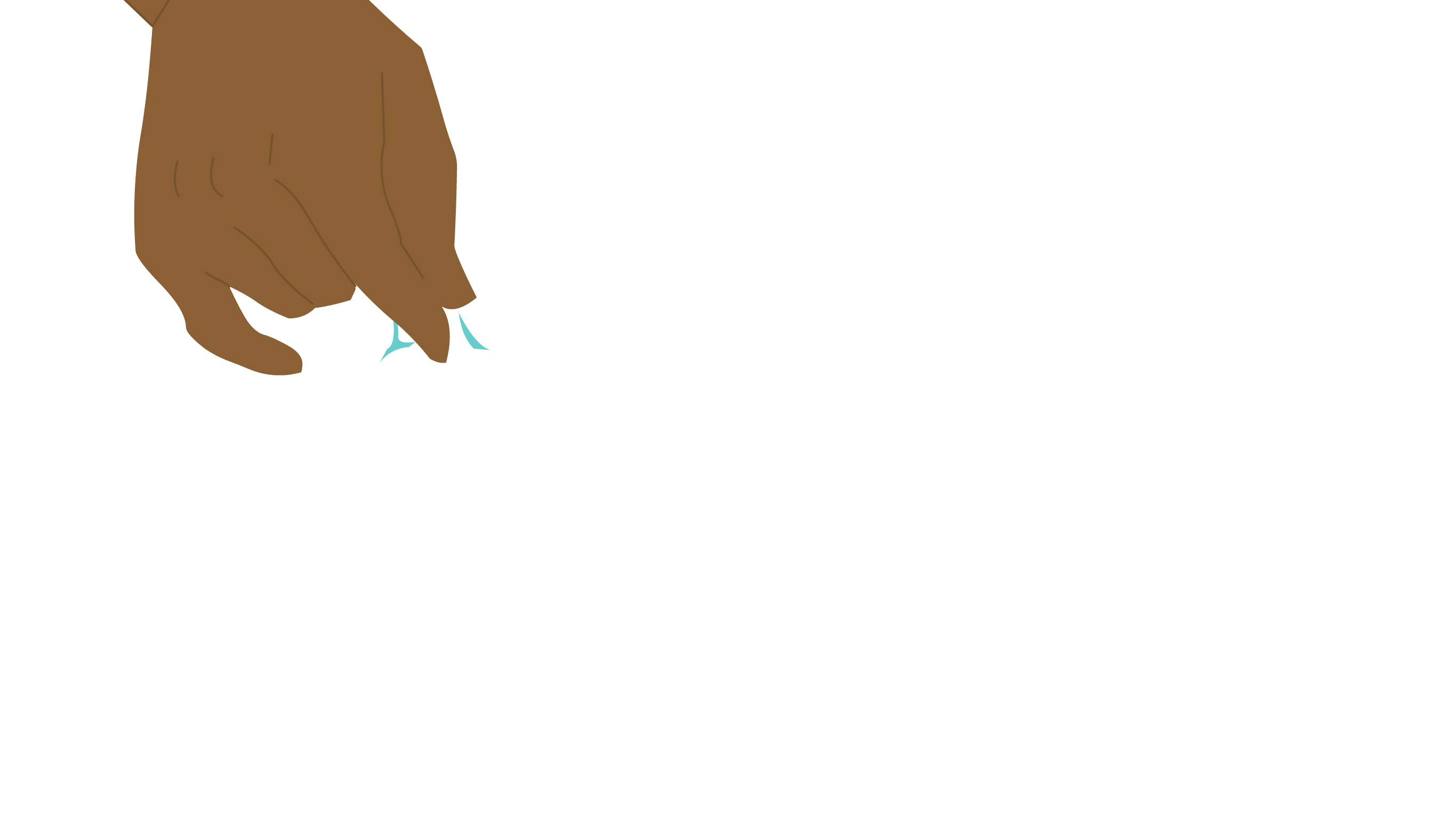

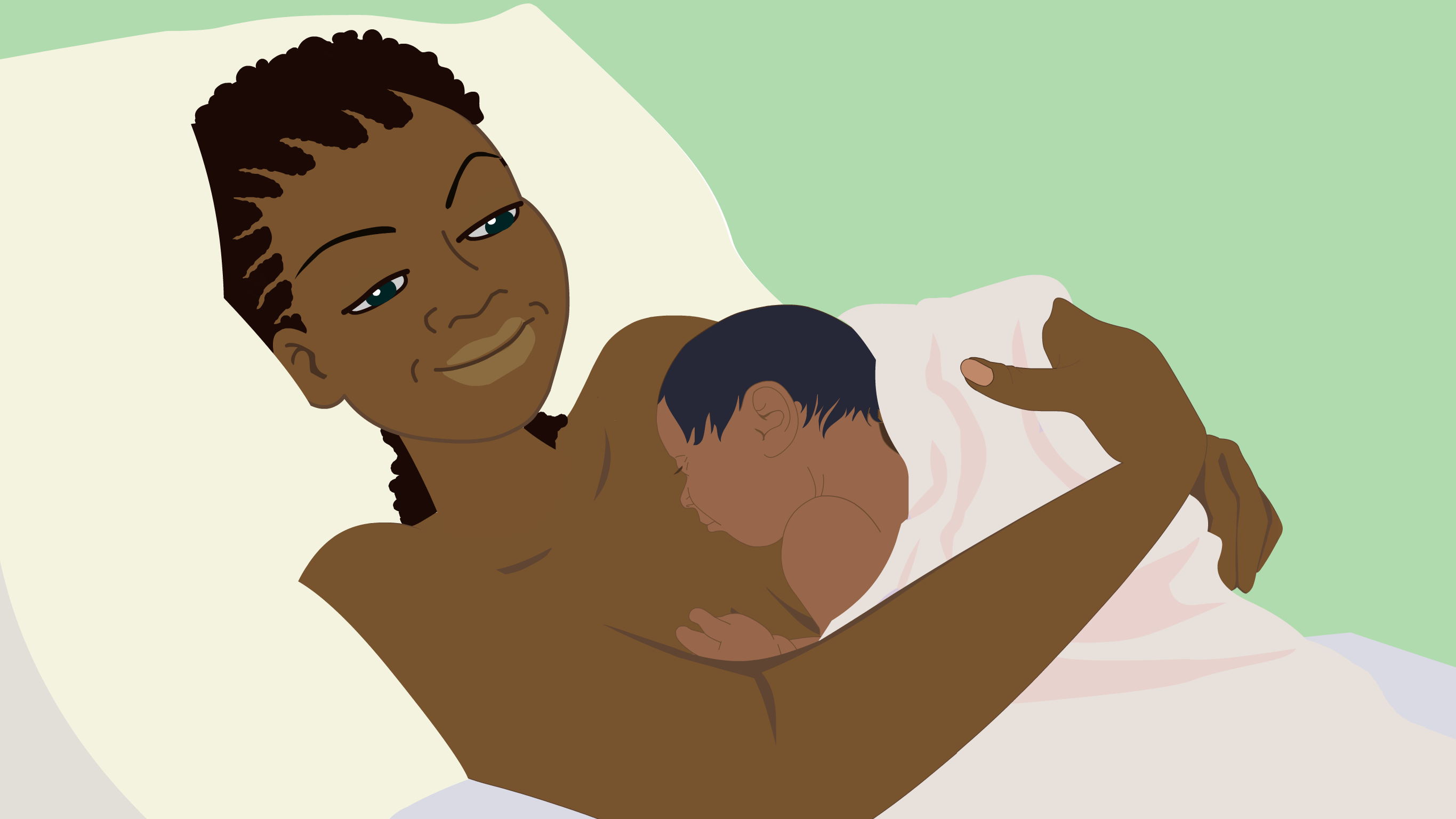


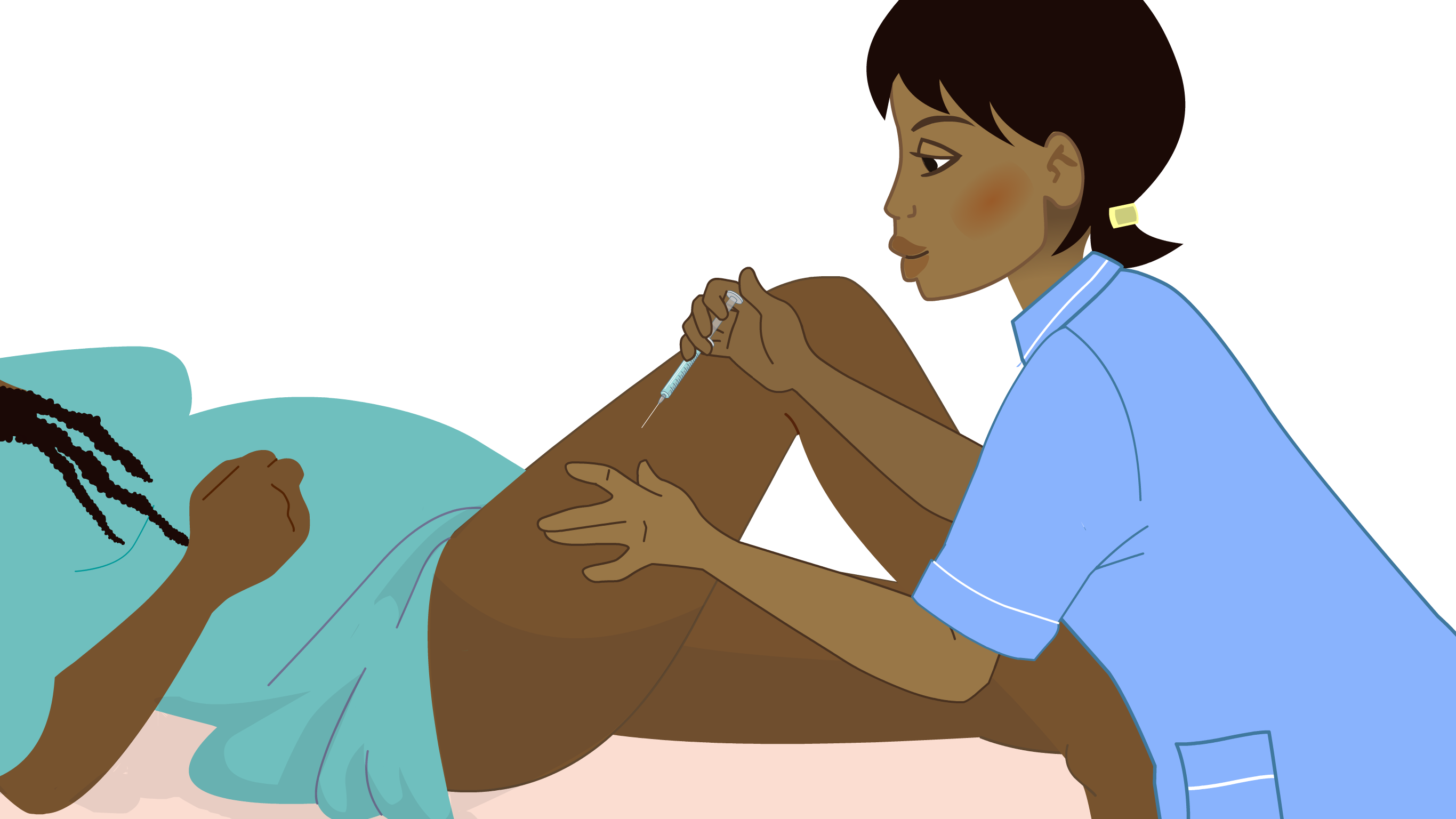

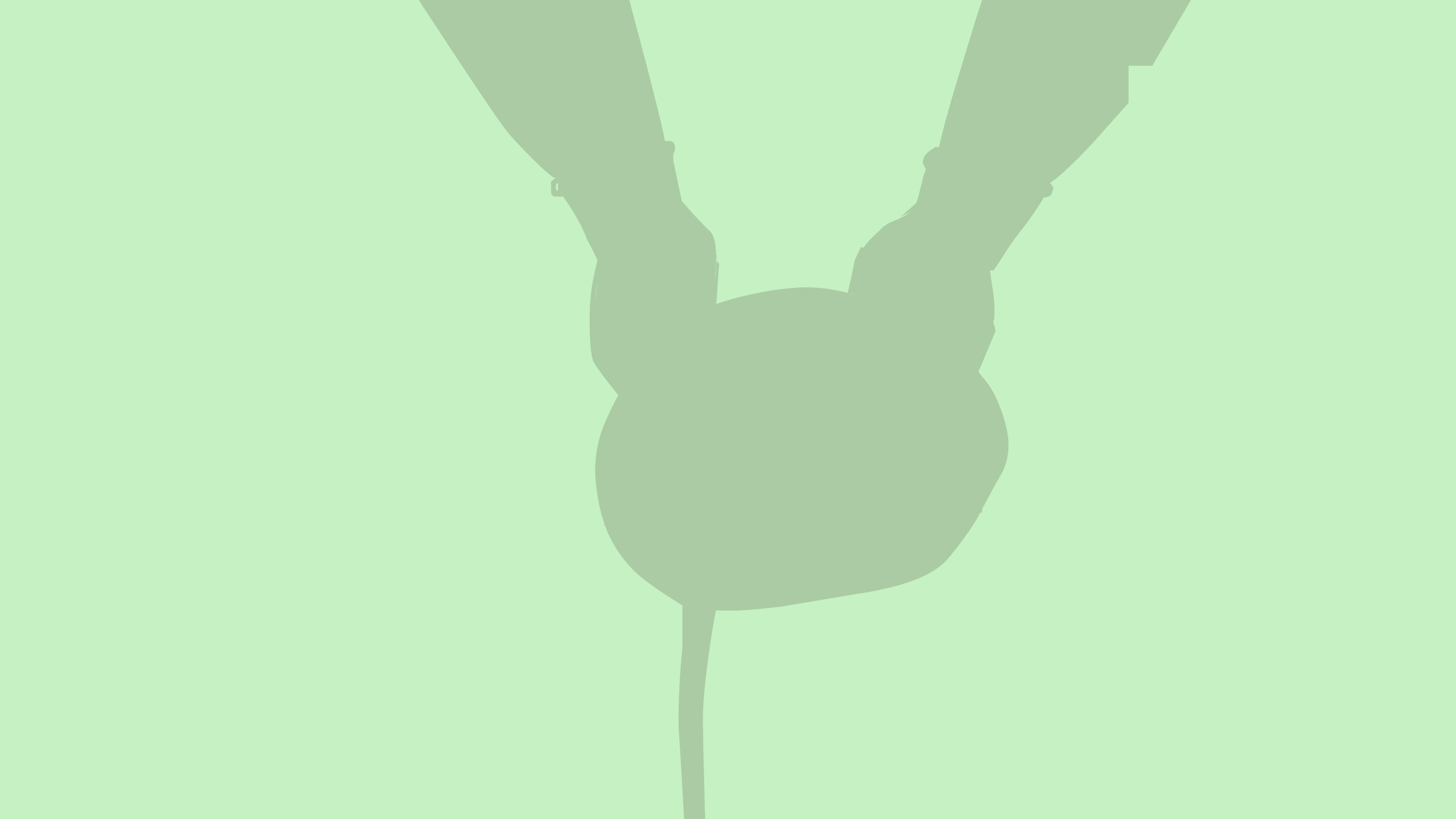
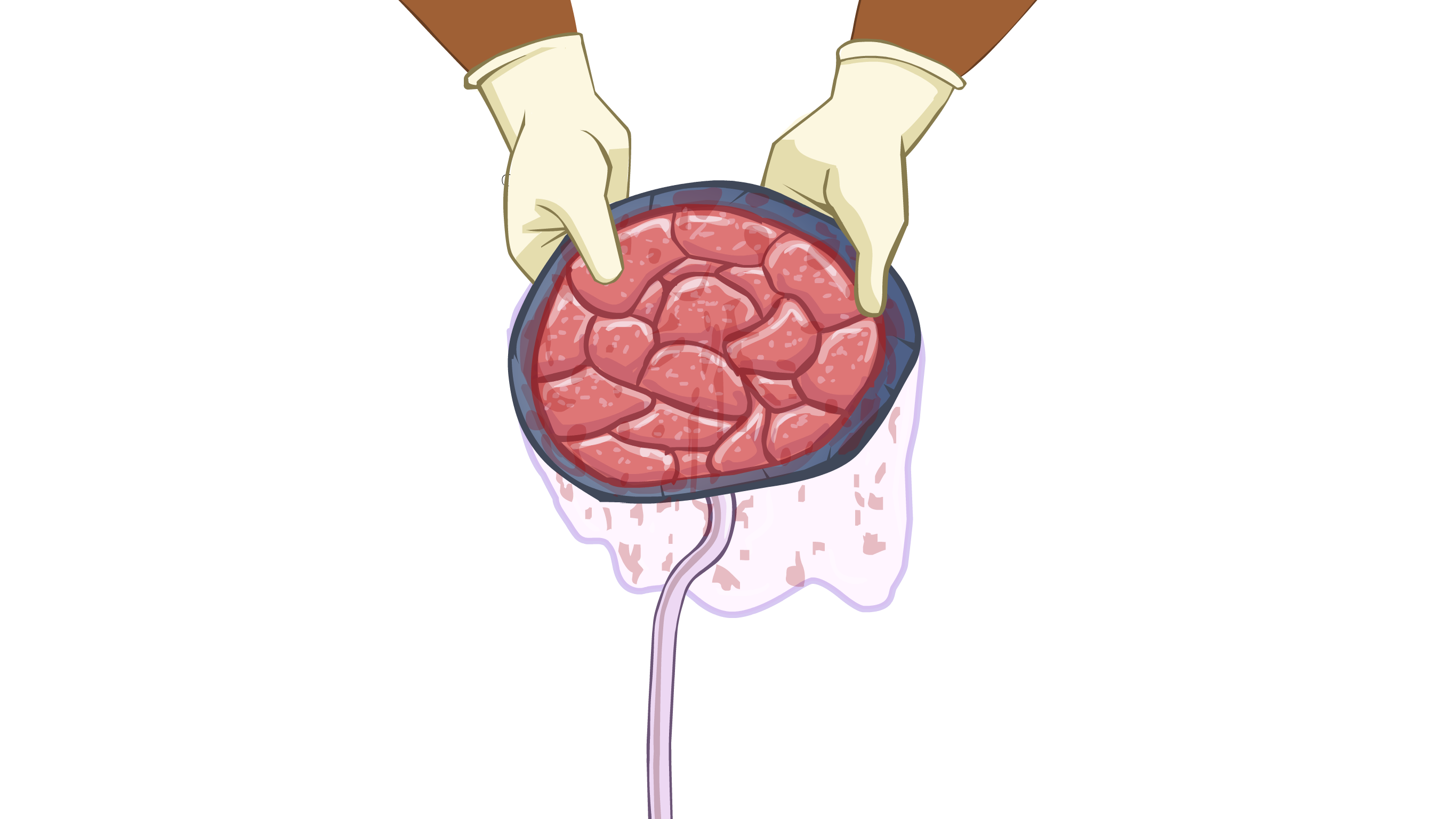

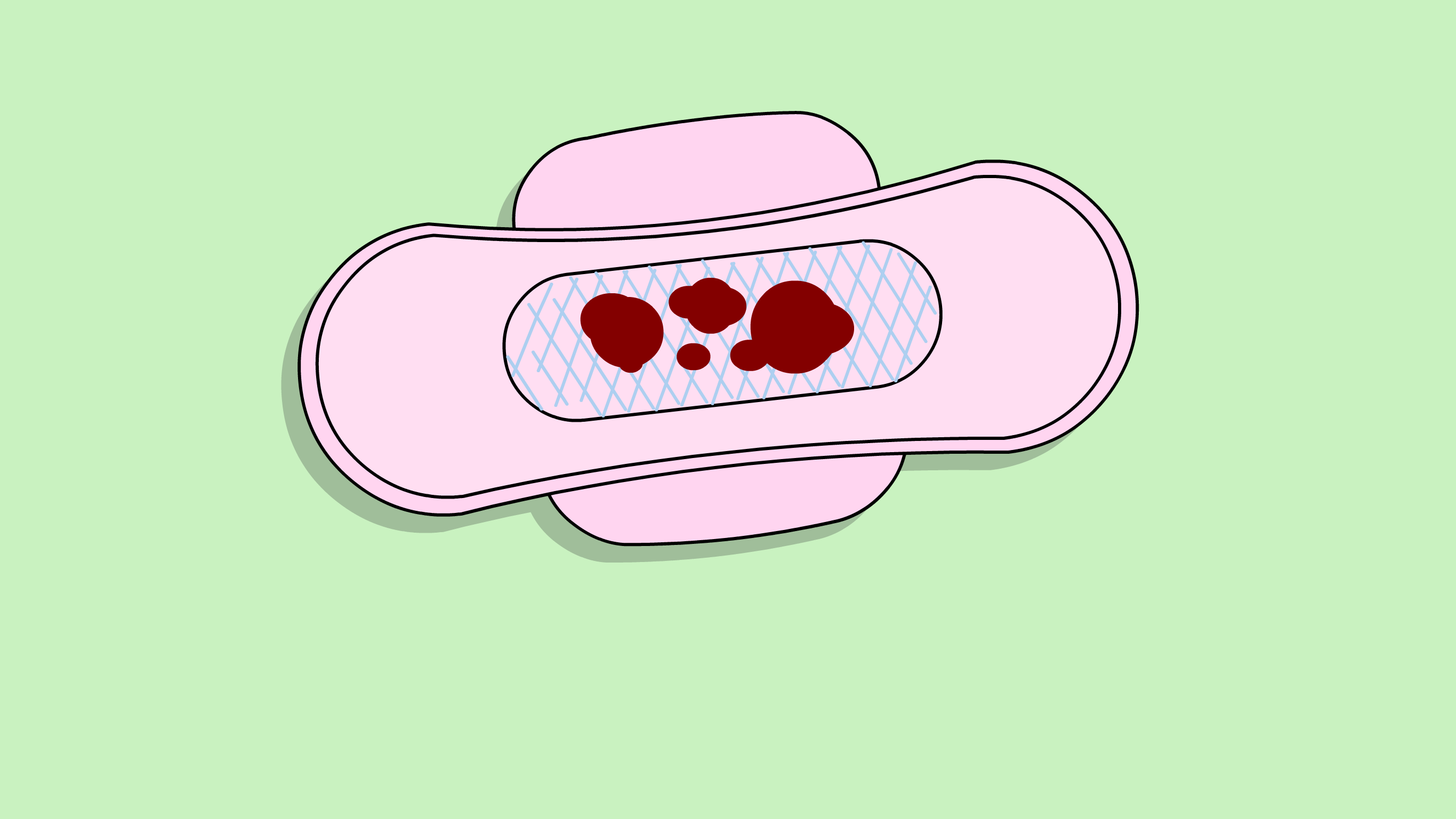

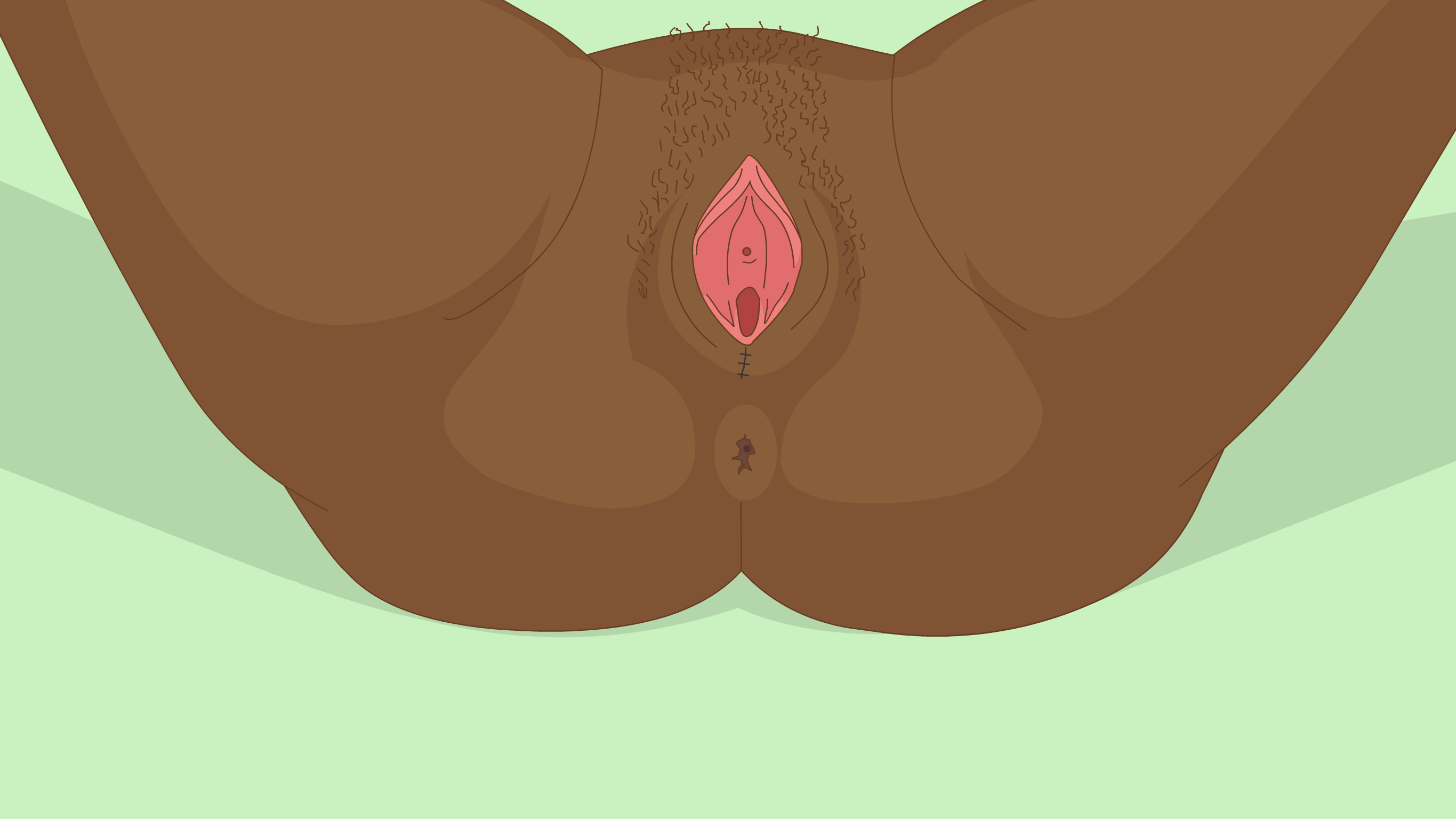


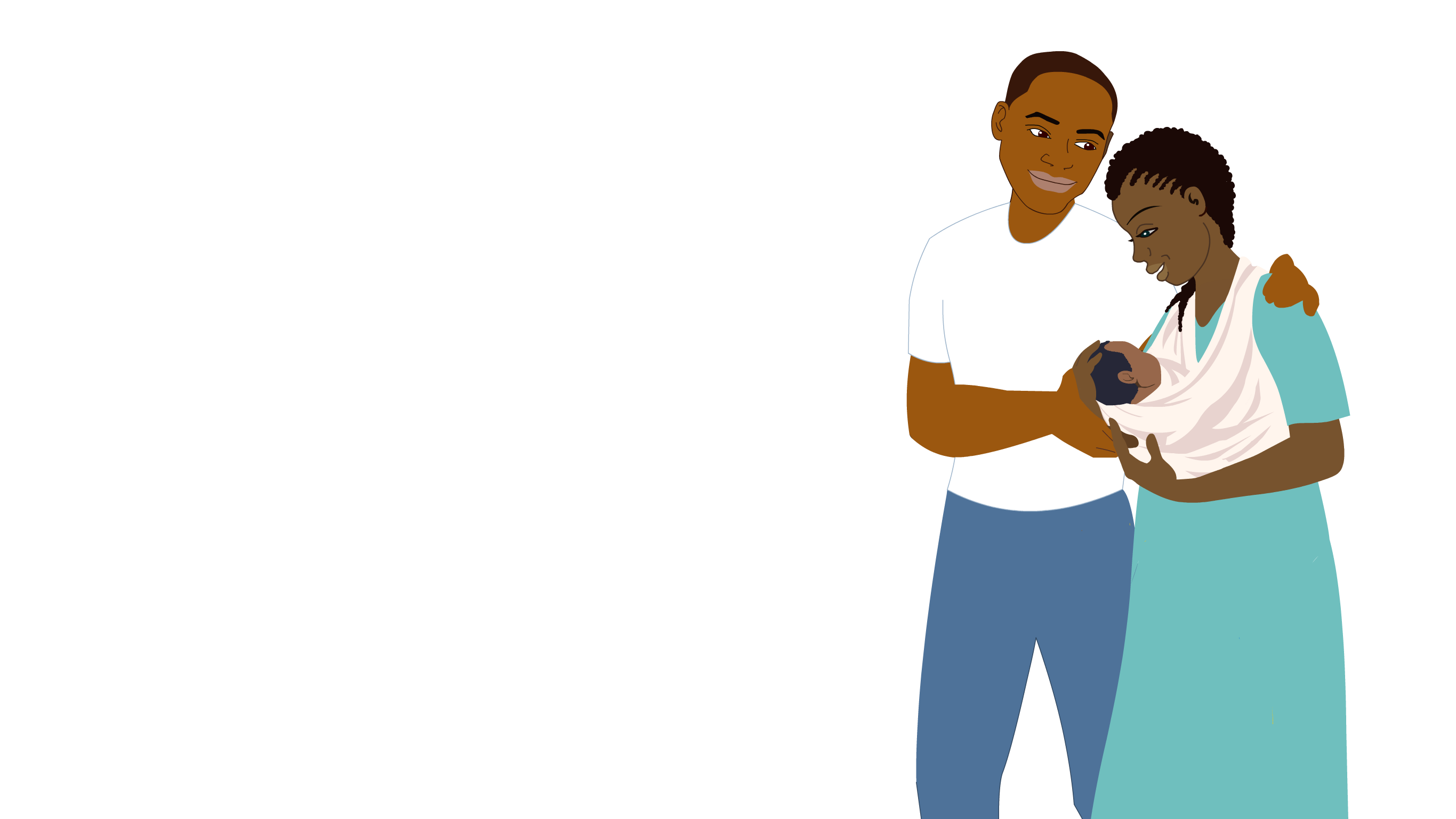

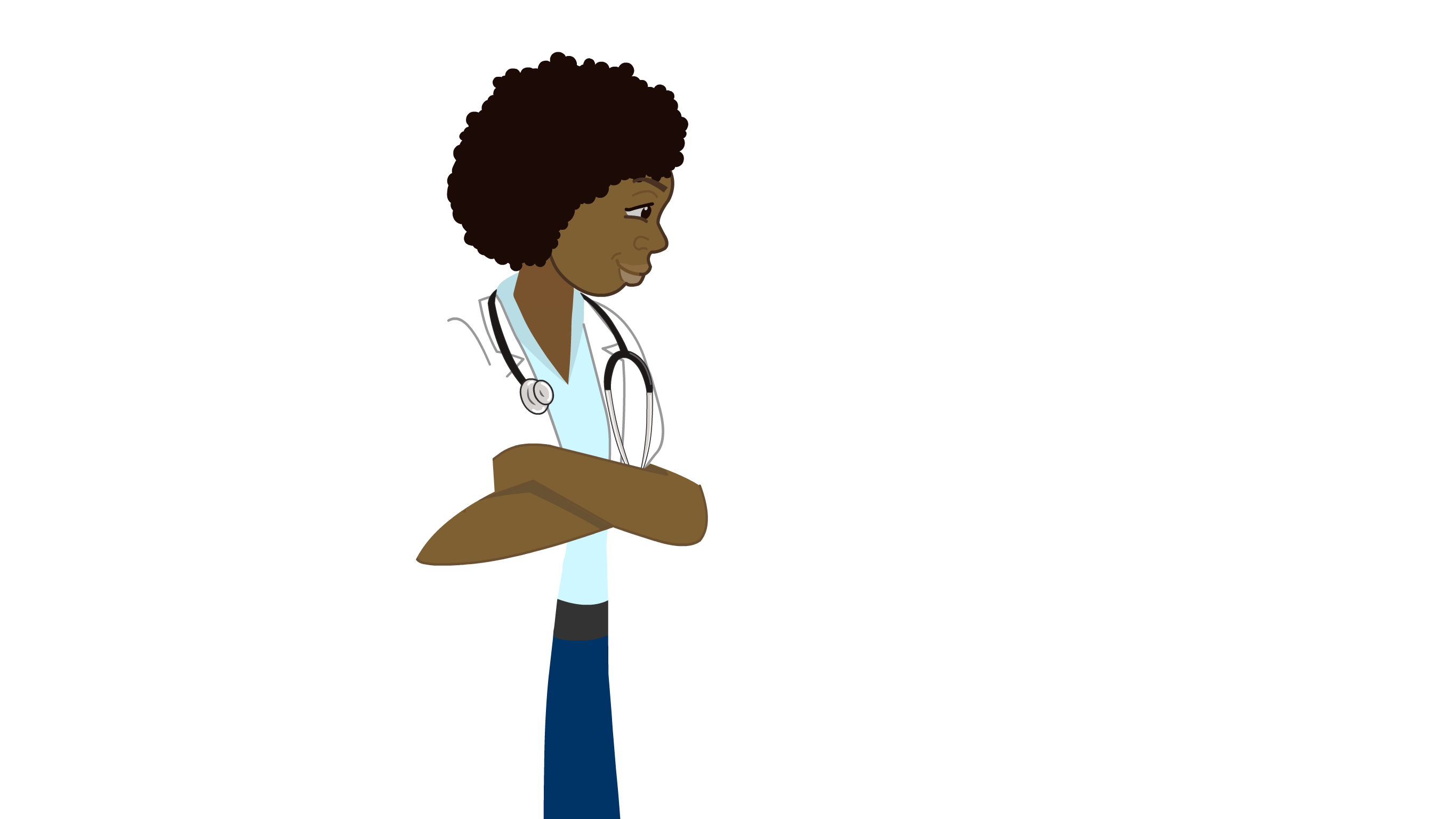

The authors of this LABOR AND BIRTH programme are:
- Professor Grace Edwards
Professor of Midwifery, Aga Khan University, Kampala, Uganda
- Dr Jo Welsh
Consultant Midwife, Cambridge University Hospitals NHS Foundation Trust, Cambridge, UK
The Welfare of Women programme has been created under the General Editorship of Dr Kate Lightly, University of Liverpool, UK and is overseen by an expert International Editorial Board
The cost of producing this resource has been partly funded by an educational grant from GSK
What is labor?
Labor is the process of giving birth to your baby. It usually happens in three stages.
The first stage of labor is when you are having regular labor pains or contractions and the neck of the womb (or cervix) is opening.
The second stage of labor is when the neck of the womb is fully open (10 cm) and you push the baby out.
The third stage of labor is after your baby is born and the placenta (afterbirth) comes out.
When you are in labor, you should go to your local healthcare facility, so a healthcare worker can care for you and your baby.
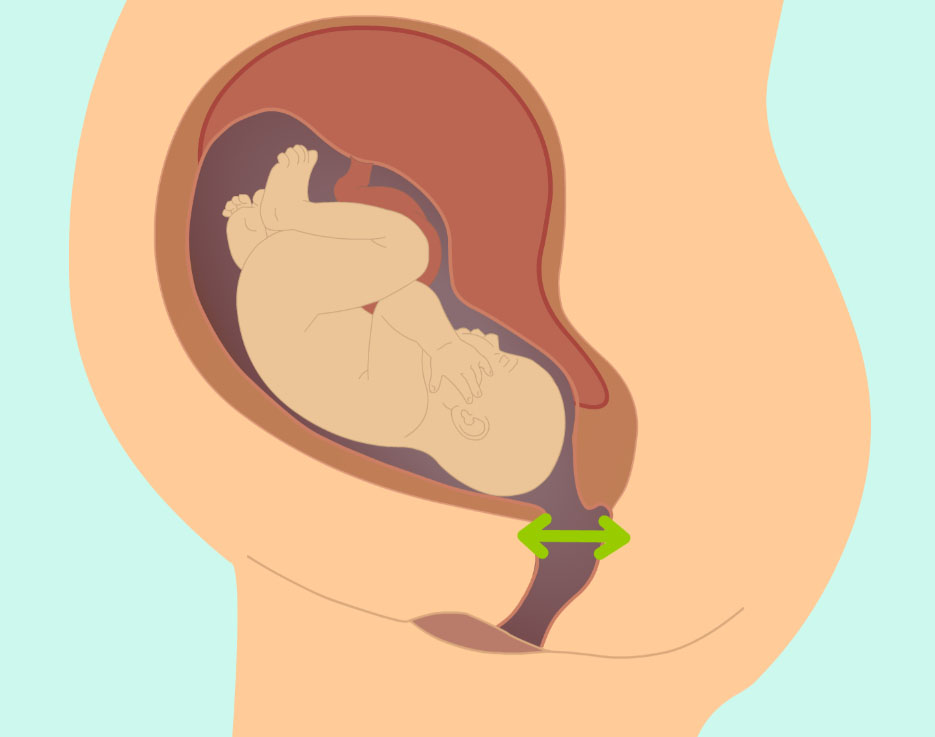
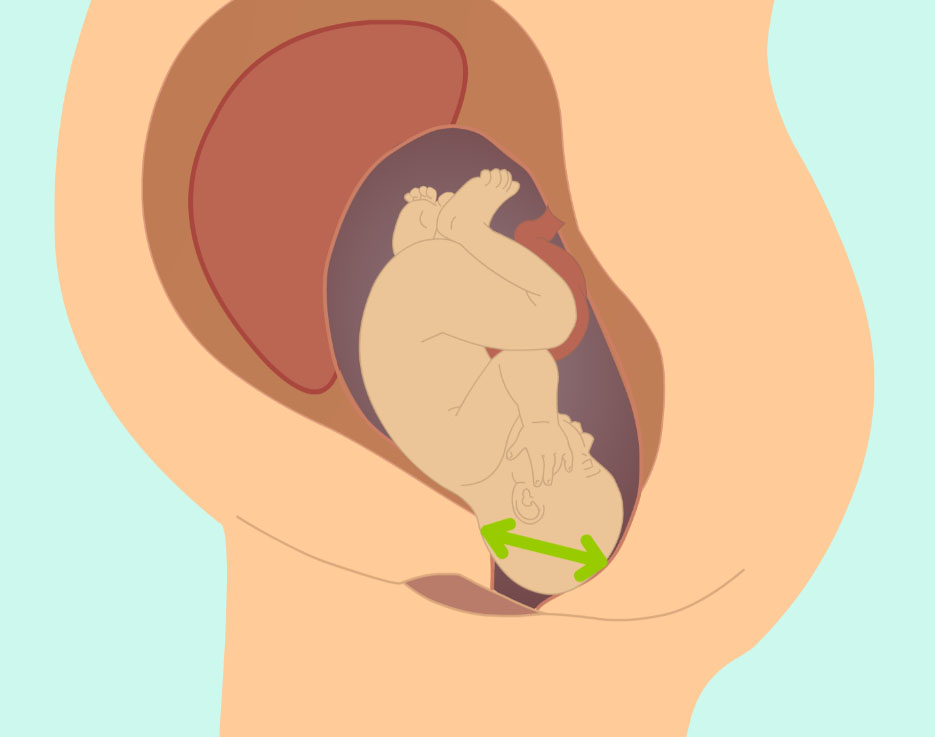
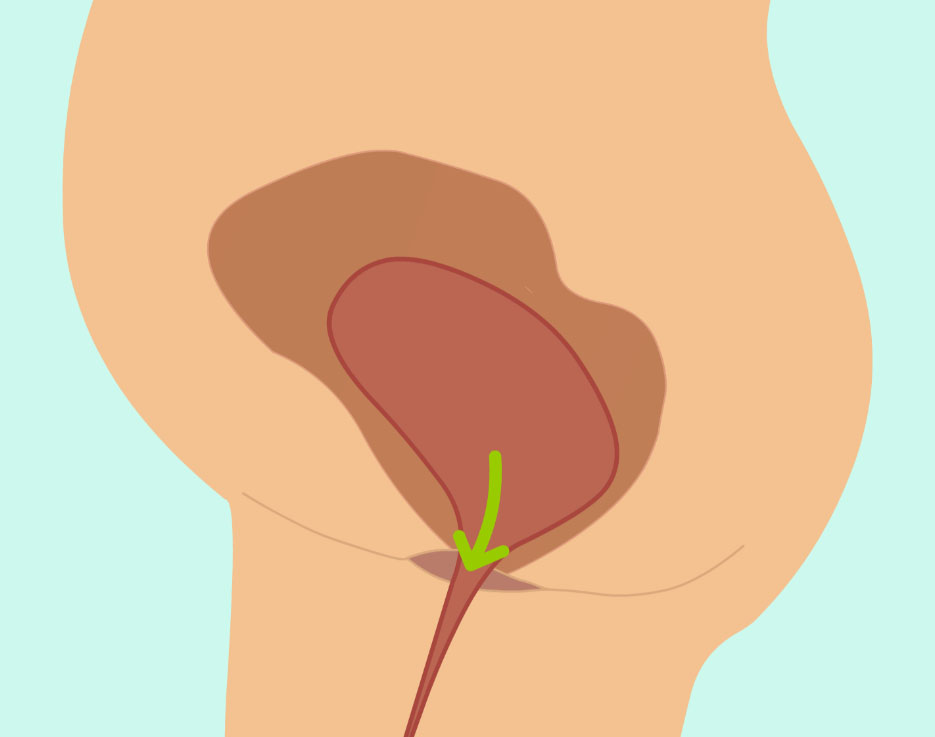
What does it feel like when labor starts?
For most women, labor will start with labor pains or contractions. These are period-like pains that may be irregular and mild. As your labor progresses, your contractions become longer, stronger and closer together.
When you feel your contractions starting, you should contact or go to your local healthcare facility.
For some women, their waters will break before they start having contractions. The water is normally colorless. It is important that you go to your local healthcare facility when your waters break, even if you are not having contractions. If the waters are pink, green or smelly, or the baby is not moving normally, it is important to go to the healthcare facility as soon as possible.
What happens at the health centre or hospital when you are in labor?
During labor, the healthcare worker will check you and your baby often. The healthcare worker should be respectful and ask for your permission to examine you.
They will check your pulse, blood pressure and temperature. They will feel your abdomen (tummy) to see which way your baby is lying and listen to your baby's heartbeat.
Every so often during your labor, the healthcare worker may ask to do an internal vaginal examination. This is to see how open your cervix is and which way the baby is facing. This tells the healthcare worker how close your baby is to being born and if there are any problems.
It is important that you eat and drink during labor. This will give your body the energy it needs to give birth to your baby.
You should also go to the toilet often when you are in labor. This will help to keep your bladder empty, which means the baby has more space to travel down the birth canal.
What can I do in labor to feel more comfortable?
You may find your contractions painful. You may find they feel better if you stand up and move around. Moving around may also help to make your labor quicker.
You can try different positions in labor, like walking, kneeling, squatting, being in all-fours position, or lying on your side.
You may have a companion with you in labor, such as your partner, mother, sister or friend. They can help you during labor by offering comforting words, helping you move, rubbing your back and offering food and drinks. They can help you to make decisions and talk to healthcare workers.
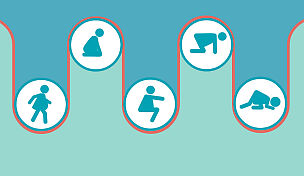
In some healthcare facilities, there may be the option to have pain relief to help you cope with labor. This could be oral painkillers like paracetamol or codeine, or an injection of morphine or something similar. In some parts of the world, gas and air (entonox) is available. This is a mixture of oxygen and nitrous oxide, which you breathe in using a mouth piece or face mask when you need it. None of these types of pain relief takes the pain away completely, but they can help to make it feel better. In some places you can have an epidural, with a tube which gives strong medicine into your back; a special drip of strong medicine; or even have your labor in a pool. You can ask your healthcare worker if there are any pain relief options like these that you can use in your local healthcare facility.
How are the stages of labor different?
The first stage of labor, when you are having contractions, can take several hours. When you have your first baby this may take a long time. When you have had a baby before, it can be quicker.
The early phases of labor (latent phase) can last a very variable amount of time. You are in active labor usually when the neck of the womb is 5 cm dilated or more.
When the neck of your womb (cervix) is fully open, or 10 cm open, you are in the second stage of labor. This means you are ready to push. You may have a powerful urge to push. This can sometimes feel like you need to go to the toilet to have a bowel movement.
The healthcare worker will guide you on when and how to push. Sometimes they might ask you to give a big push to help the baby come through the birth canal. At other times, they might ask you to give a small, gentle push. This helps the head to be born slowly and lowers the chance of a tear in the vagina.
When you are pushing, you may like to try changing positions. This can help you feel more comfortable and speed up the birth of your baby. You may like to try standing or squatting for example. You should choose a position that is better for you.
It may take some time and quite a few pushes before the baby is born. Once the baby's head is born, it usually takes only one more push to birth the rest of the baby.
Most babies are born within 1 to 2 hours of pushing. If it is taking longer than 3 hours, your healthcare worker will check you to find out why. If something is slowing down the birth of the baby, you may need help from a healthcare worker. This can be a tube to empty the bladder, a cut to the vagina to make more space, assistance with birth with forceps or a suction cup (vaginal assisted birth) or cesarean section.
What if I need help to give birth to the baby?
Sometimes you may need help to give birth to your baby. If the baby is coming, but the healthcare worker thinks the baby needs to be born quickly or there is a risk of a difficult tear, they may ask to give a cut to your vagina. This is called an episiotomy. By making a cut, your vagina is able to open up wider to let the baby be born more safely. If you have a cut to the vagina (episiotomy), the healthcare worker will stitch this back together following birth. An episiotomy is only usually recommended in specific circumstances.
Sometimes, assistance with birth with forceps or a suction cup (vaginal assisted birth) or cesarean section is recommended.
What happens once the baby is born?
When your baby is born, the healthcare worker will rub and dry the baby with a towel or cloth. Drying the baby helps them to stay warm.
When the baby is dry, the healthcare worker will place your naked baby next to your naked skin. This is called skin-to-skin contact.
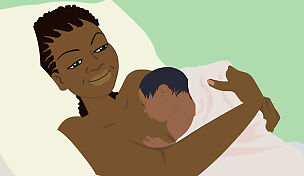
Putting your baby skin-to-skin with you straight after they have been born helps the baby to get to know you. This makes the baby feel calm, and can help them to breastfeed.
How do I give birth to the placenta (afterbirth)?
Once your baby has been born, you need to give birth to your placenta (the afterbirth). This is called the third stage of labor. The healthcare worker should ask to give you an injection into your leg to help with this. The injection is to reduce the amount of bleeding after childbirth.
When you have had the injection, the healthcare worker will press on your abdomen (tummy) and pull on the cord of the placenta to help it come out.
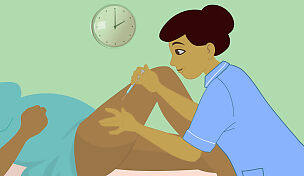
After you have delivered your placenta, you will notice vaginal bleeding, like your monthly period. This is normal. The healthcare worker will continue to check this to make sure it is not too much. Sometimes, extra medicines are needed.
Often women have vaginal tears, which need to be stitched to help them heal better. Your healthcare worker will check to see if there is a tear and tell you if stitching is needed.
How long do I stay in hospital after birth?
After the birth, the healthcare worker will feel your abdomen to make sure your womb and bleeding are normal. They will also check your blood pressure, pulse and temperature often to make sure you are well following birth.
They will also check your baby, to make sure they are healthy. Your baby should stay with you at all times, unless there is a problem. This helps feeding and bonding.
You will usually stay in the healthcare facility for about a day after you have given birth, unless there are any problems, so the healthcare workers can take care of you and your baby and give you advice.
The authors of this LABOR AND BIRTH program are:
- Professor Grace Edwards, Professor of Midwifery, Aga Khan University, Kampala, Uganda
- Dr Jo Welsh, Consultant Midwife, Cambridge University Hospitals NHS Foundation Trust, Cambridge, UK
The Welfare of Women program has been created under the General Editorship of Dr Kate Lightly, University of Liverpool, UK and is overseen by an expert International Editorial Board
The publishing reference for this program is: DOI 10.3843/GLOWM.w10064
The Welfare of Women information program is an attempt to provide women everywhere with access to reliable information about key health issues that may be relevant to them. Information is offered at three separate levels which women may select according to their preferences; firstly, short video animations with voice commentary, secondly, more detailed text-based descriptions, and thirdly, links to recommended further reading. With the animated videos, women can also select the images that they feel most comfortable in viewing from a short range of very generalized and non-specific ethnicity options. Because of the special programming used, both the videos and the text information can – when authorized – be translated into any language in a simple and rapid manner.
Recommended links for more comprehensive and detailed reading
The following websites provide more comprehensive and extensive information on this topic, which is both reliable and strongly recommended for readers who want to learn more than the details provided above:
World Health Organization (2018). WHO recommendations Intrapartum Care for a positive childbirth experience.
https://www.who.int/publications/i/item/9789241550215
Managing the second stage of labour – Global Health Media project
https://www.youtube.com/watch?v=rQ3GLMJubSw
What to expect in labour – Global Health Media project
https://www.youtube.com/watch?v=kkRZikkwM3g
Global Health Media – What to expect in birth
https://globalhealthmedia.org/videos/what-to-expect-in-birth/
Birthing the Baby – Global Health Media project
https://www.youtube.com/watch?v=lScUirHj9Ls
Labour Pains – Information for expectant parents and healthcare professionals on pain relief choices during labour
https://www.labourpains.org/
Resources the author(s) used in preparing this guidance
World Health Organization (2018). WHO recommendations Intrapartum Care for a positive childbirth experience.
https://www.who.int/publications/i/item/9789241550215
Managing the second stage of labour – Global Health Media project
https://www.youtube.com/watch?v=rQ3GLMJubSw
What to expect in labour – Global Health Media project
https://www.youtube.com/watch?v=kkRZikkwM3g
Global Health Media – What to expect in birth
https://globalhealthmedia.org/videos/what-to-expect-in-birth/
Birthing the Baby – Global Health Media project
https://www.youtube.com/watch?v=lScUirHj9Ls
Labour Pains – Information for expectant parents and healthcare professionals on pain relief choices during labour
https://www.labourpains.org/

